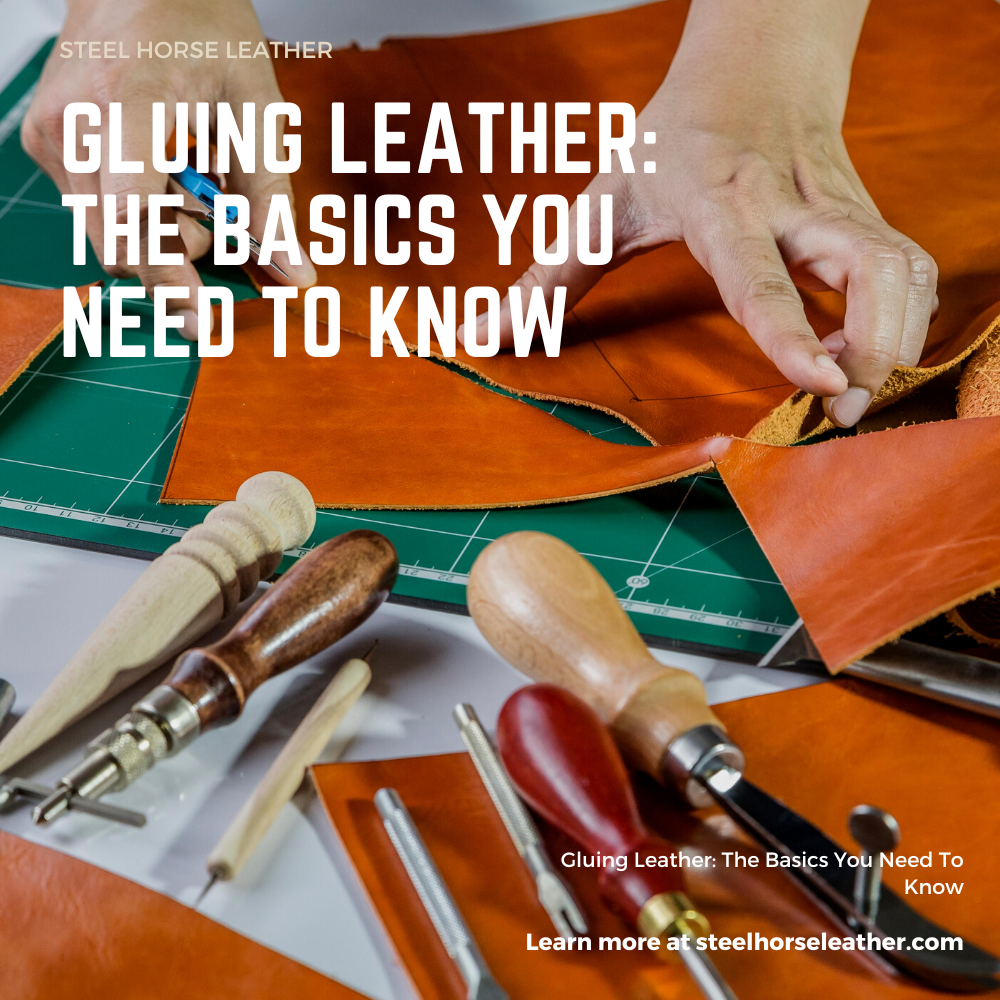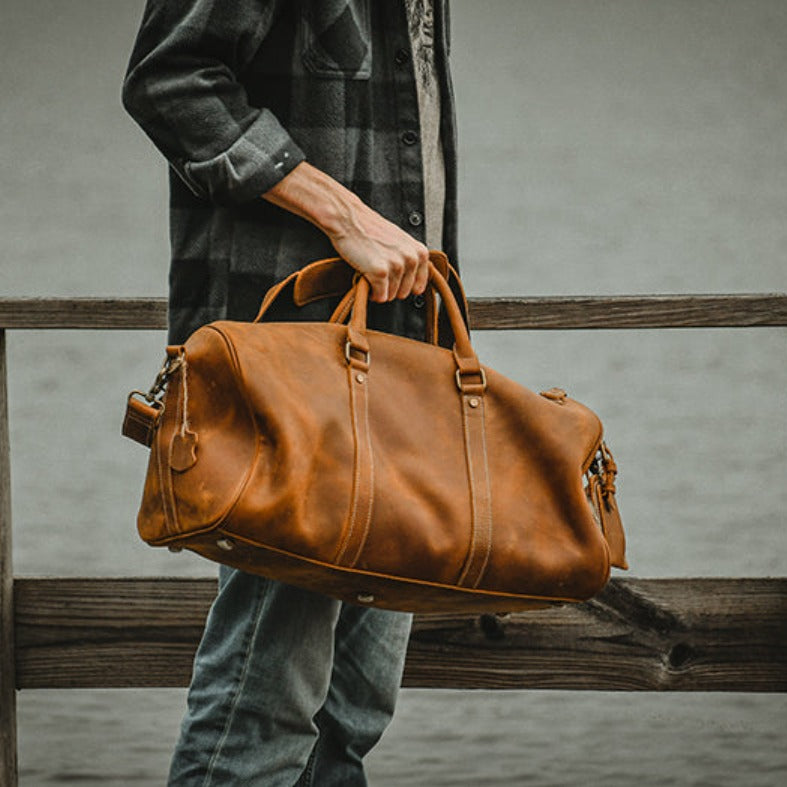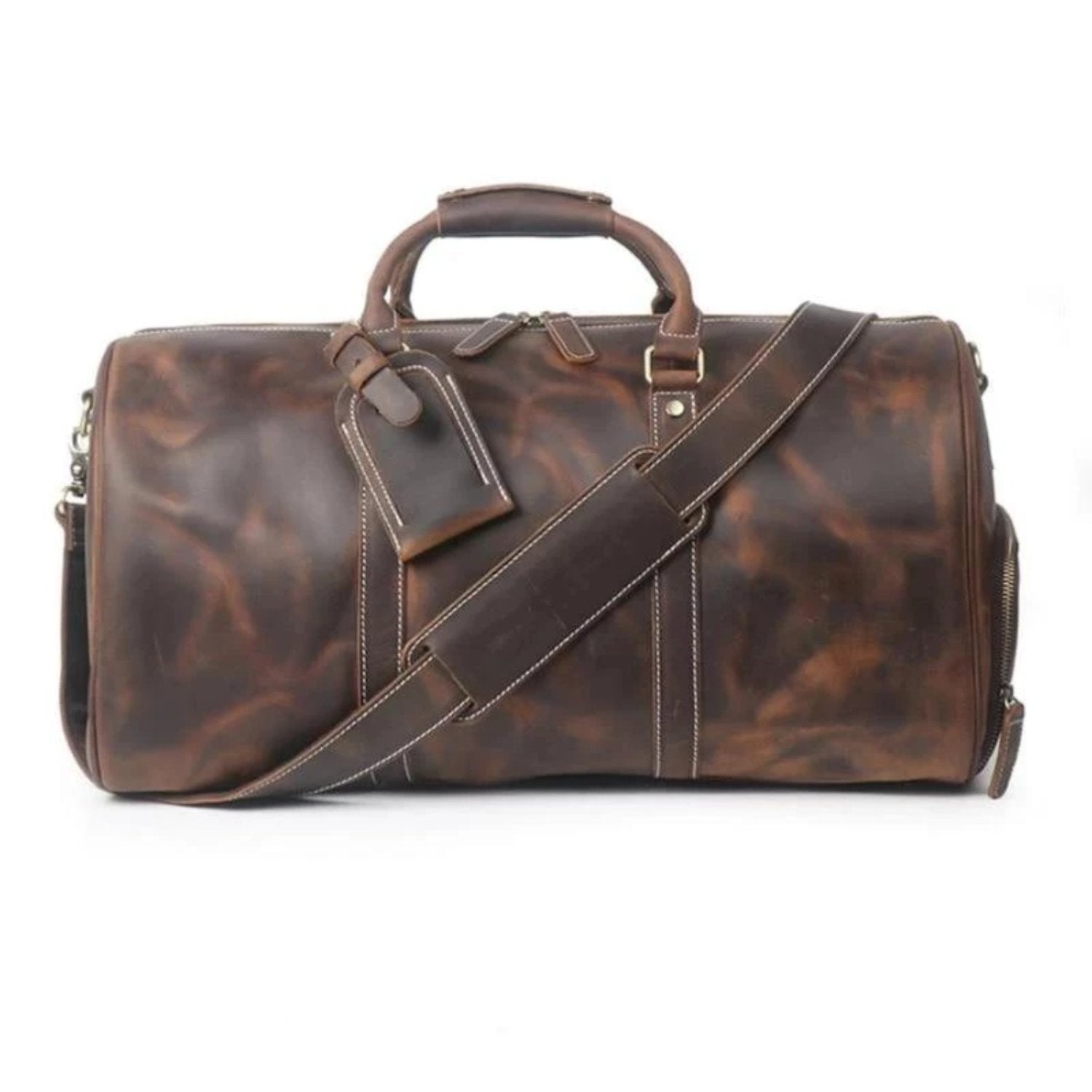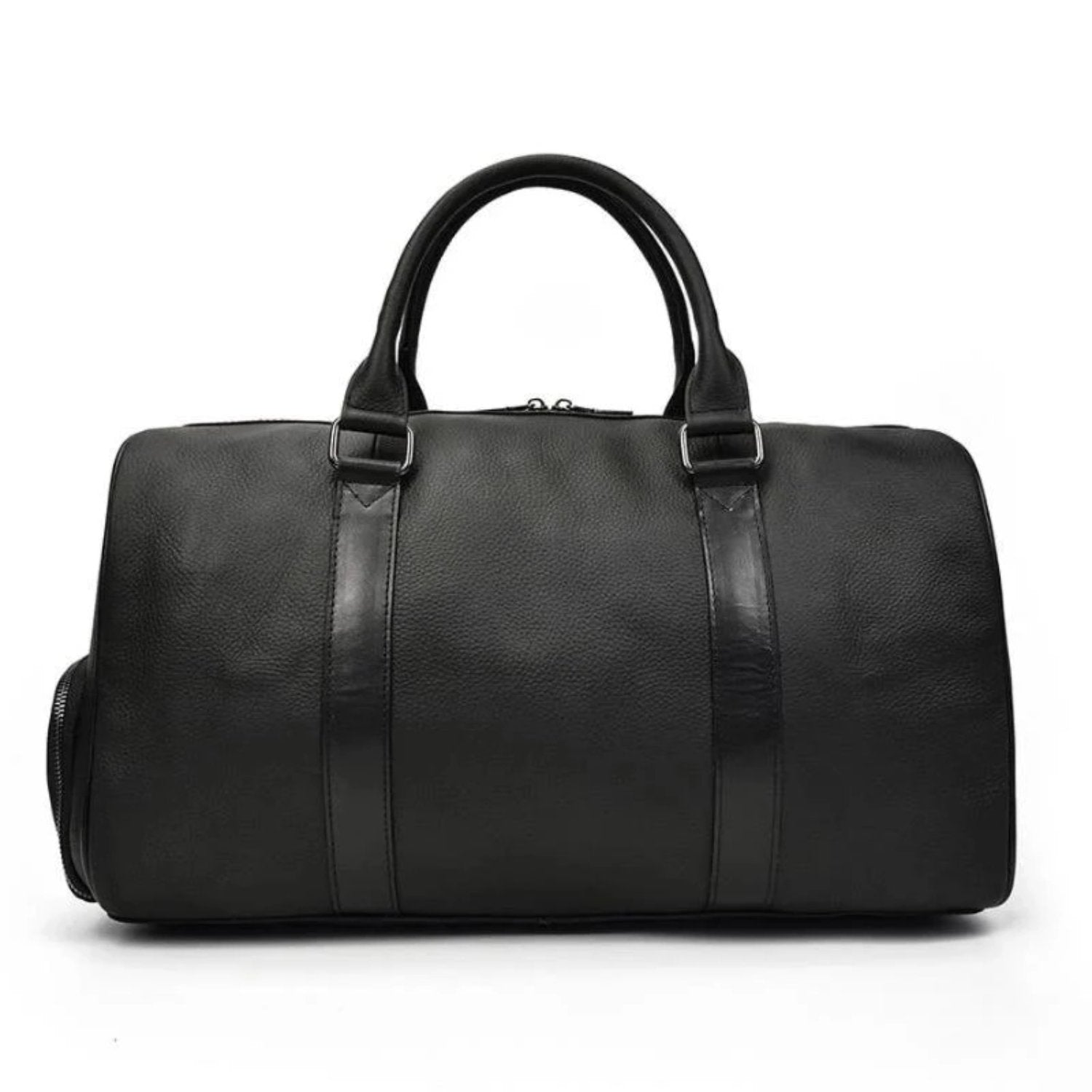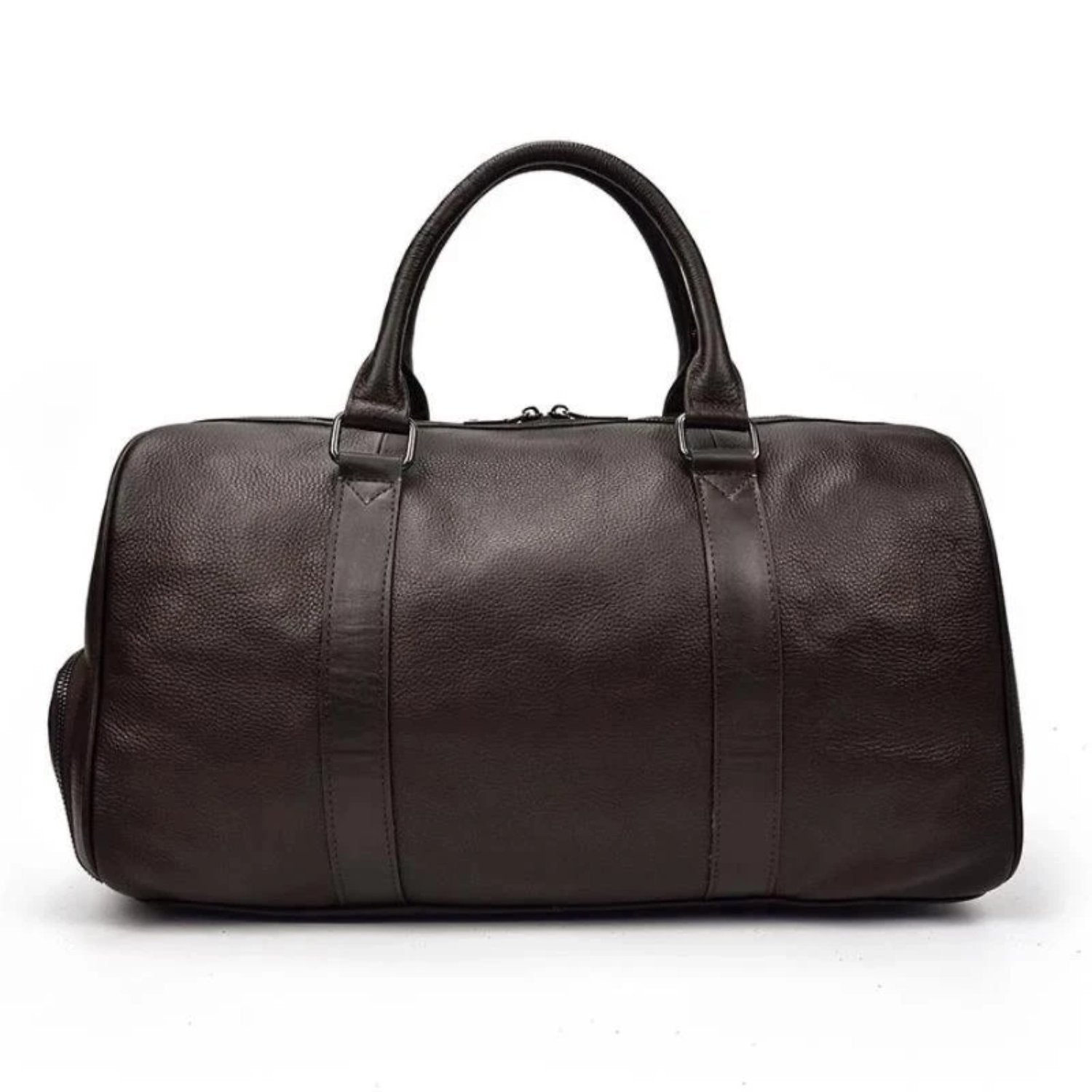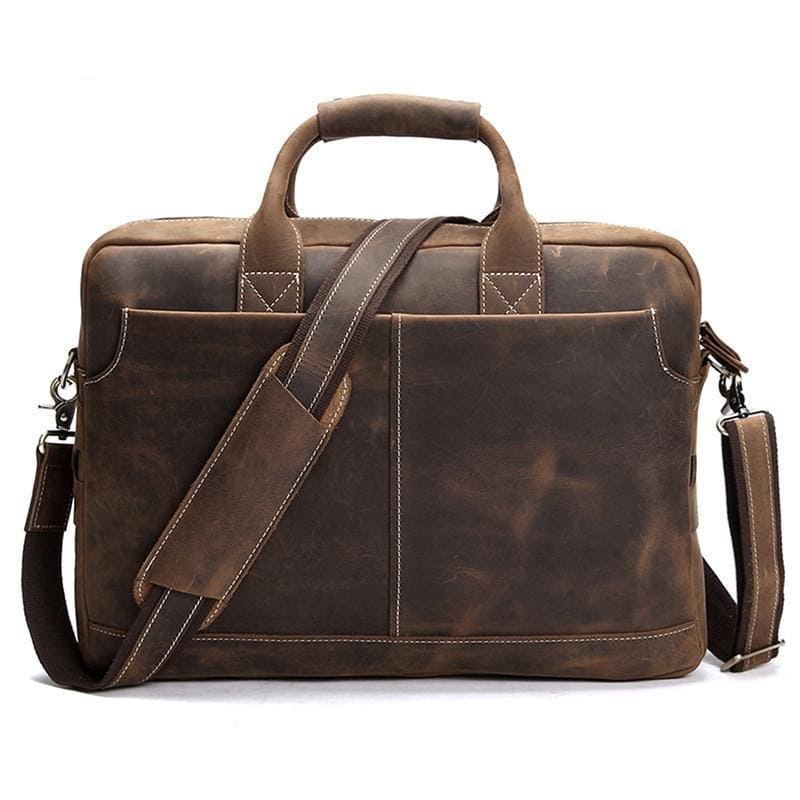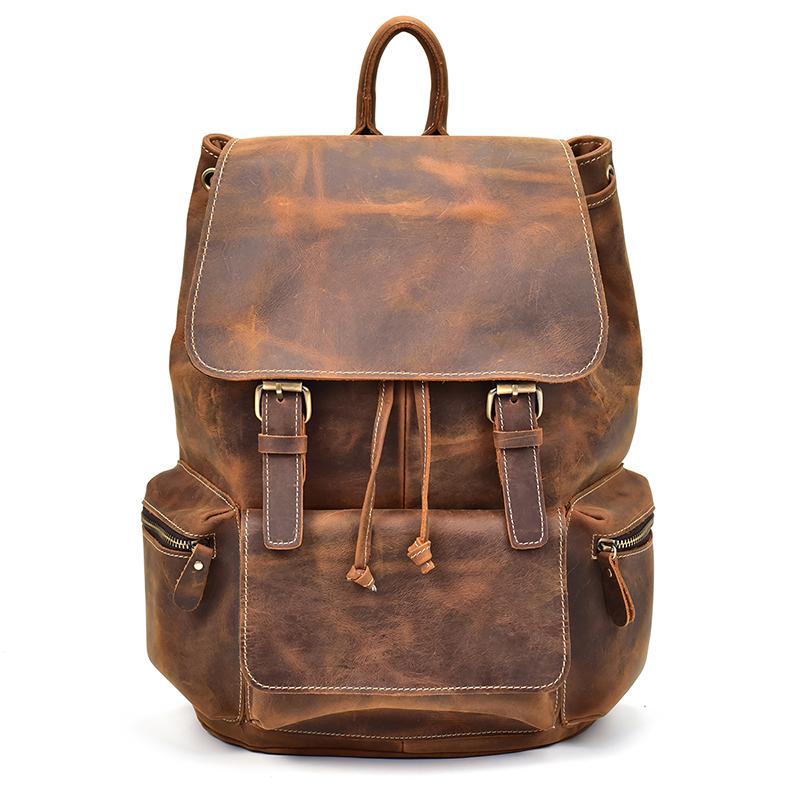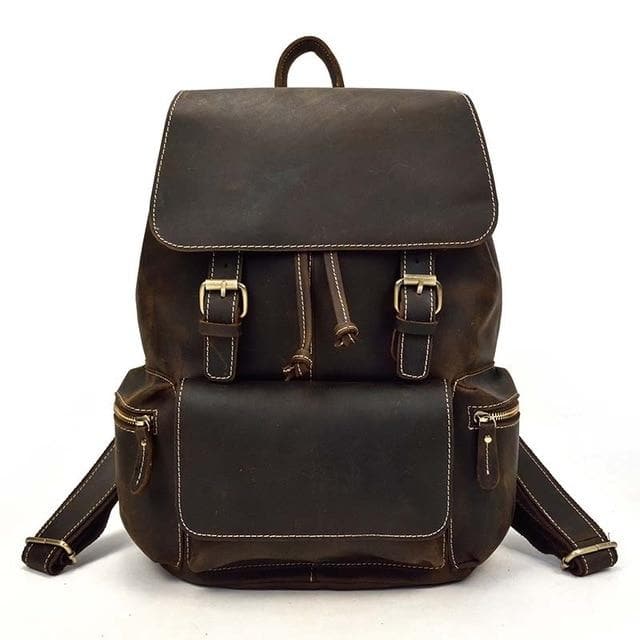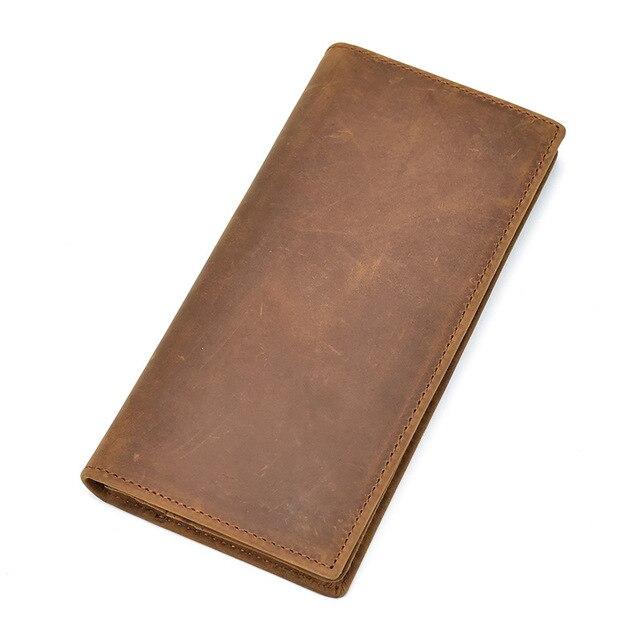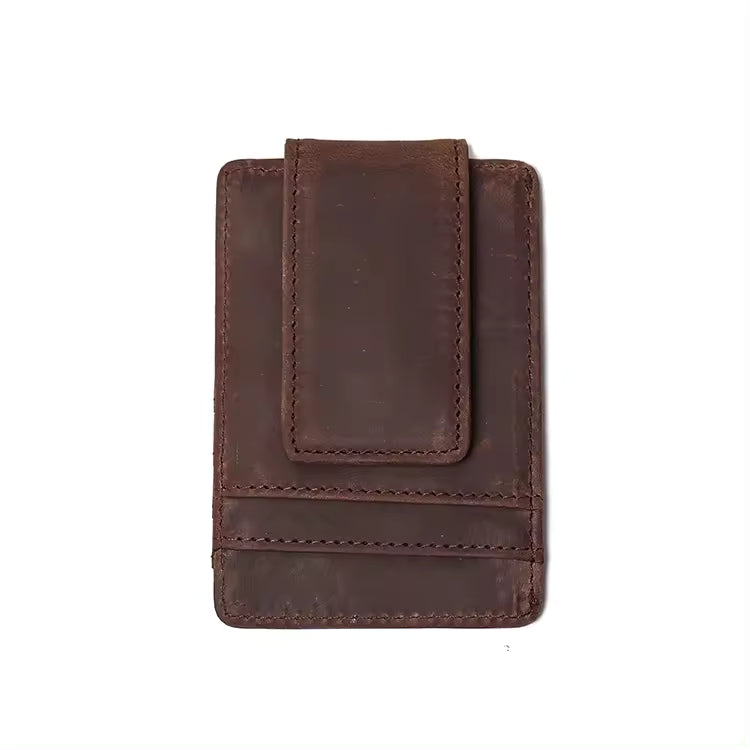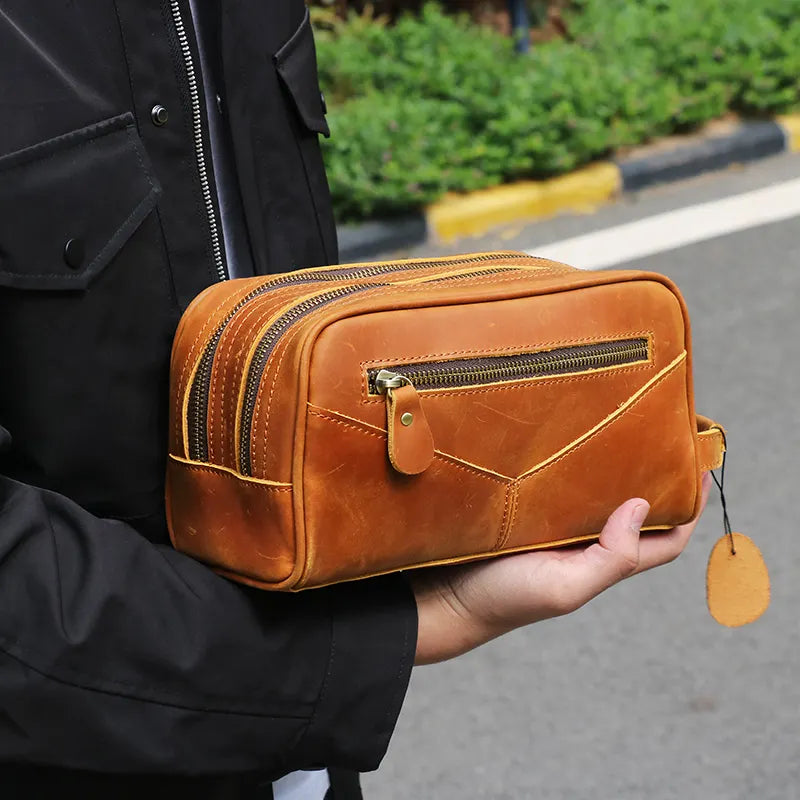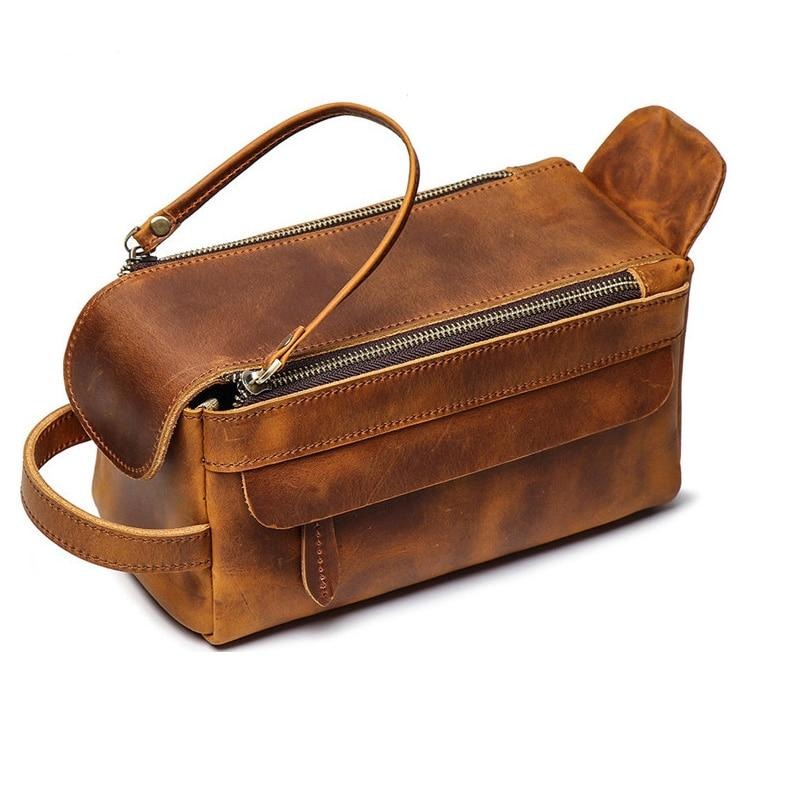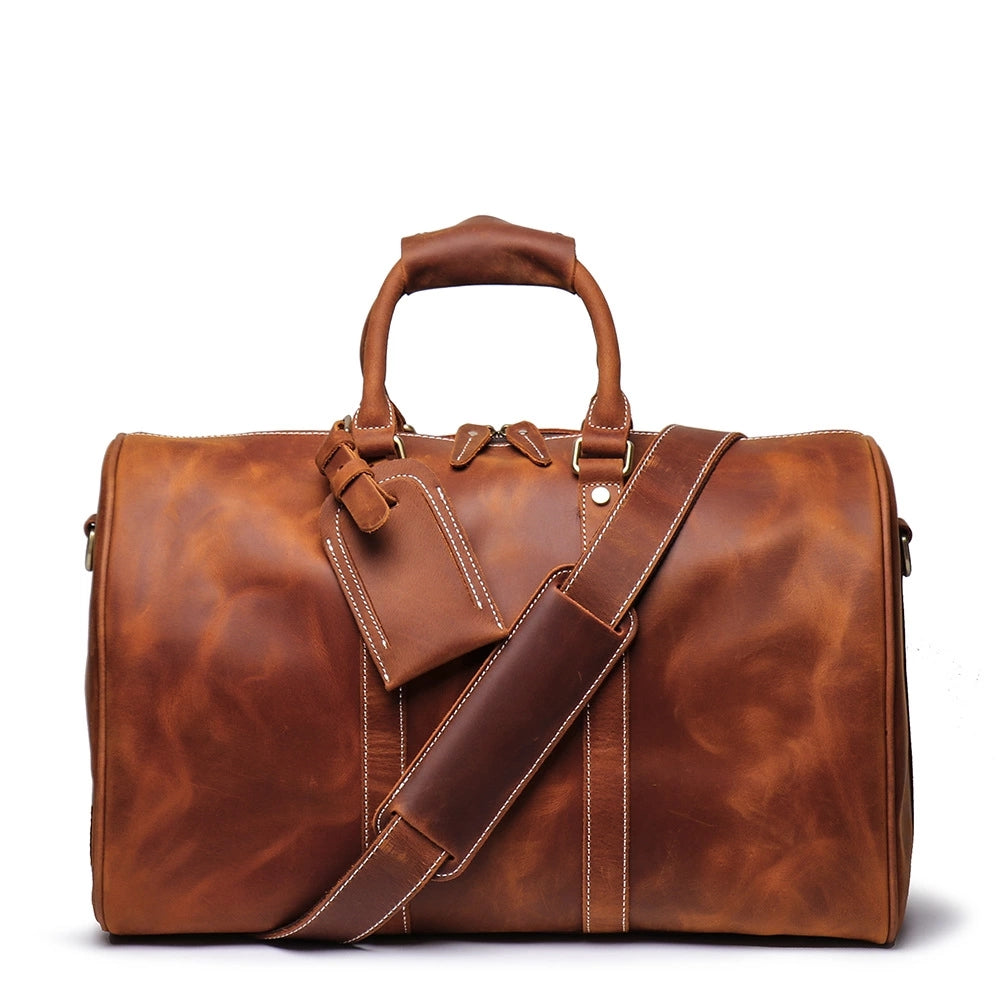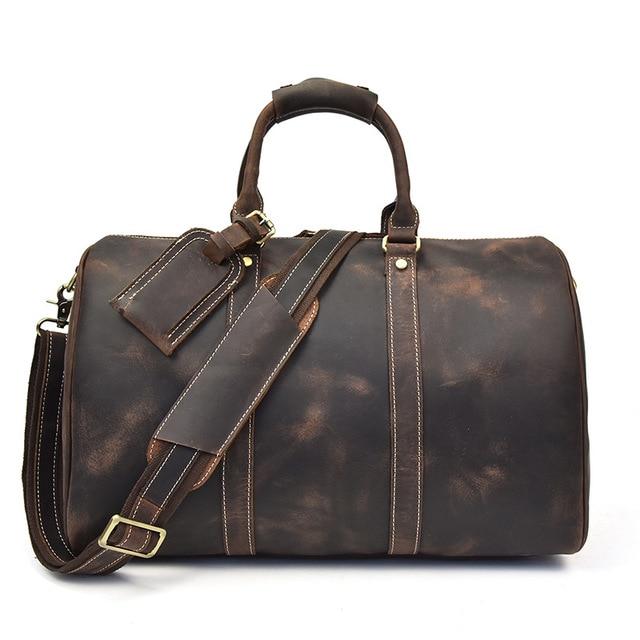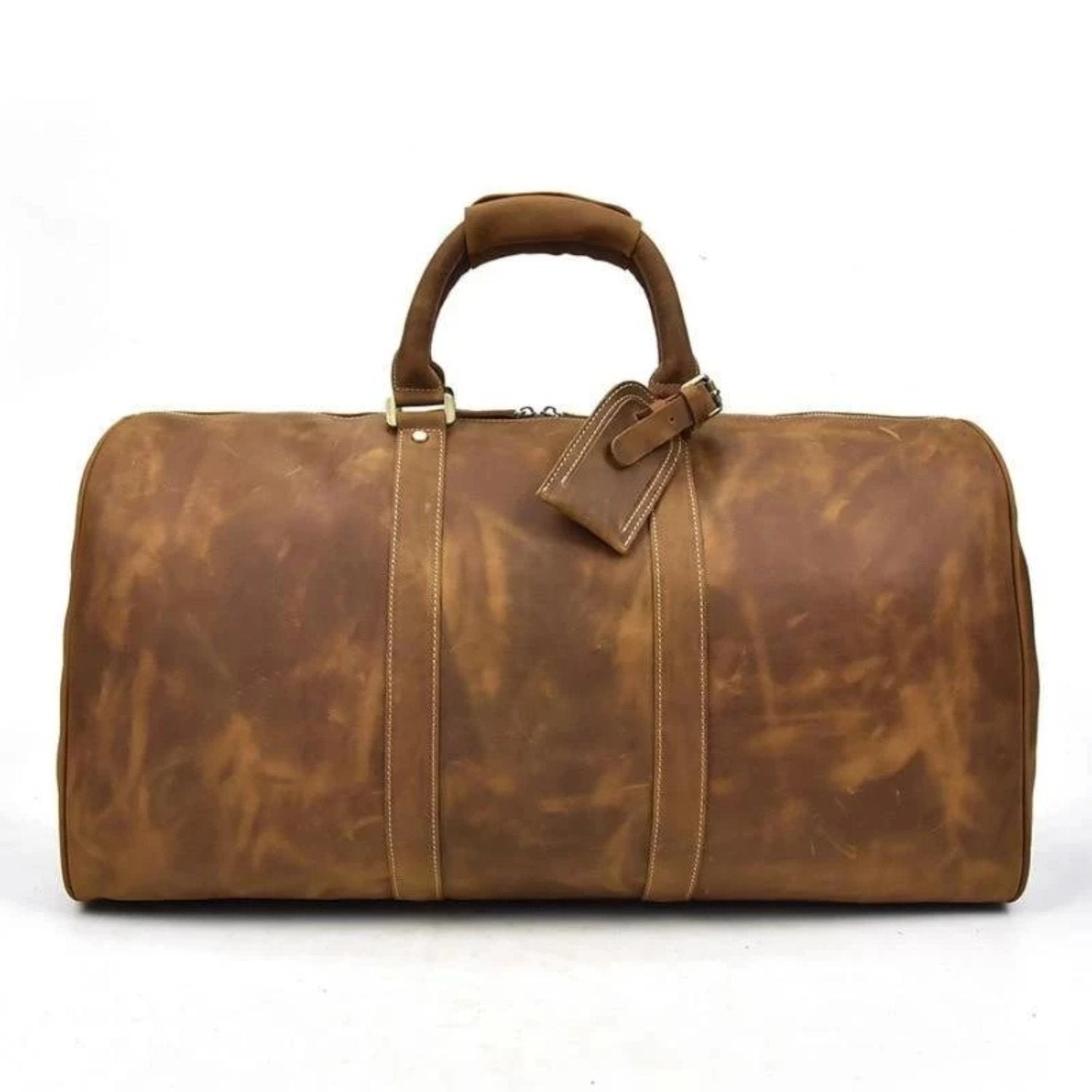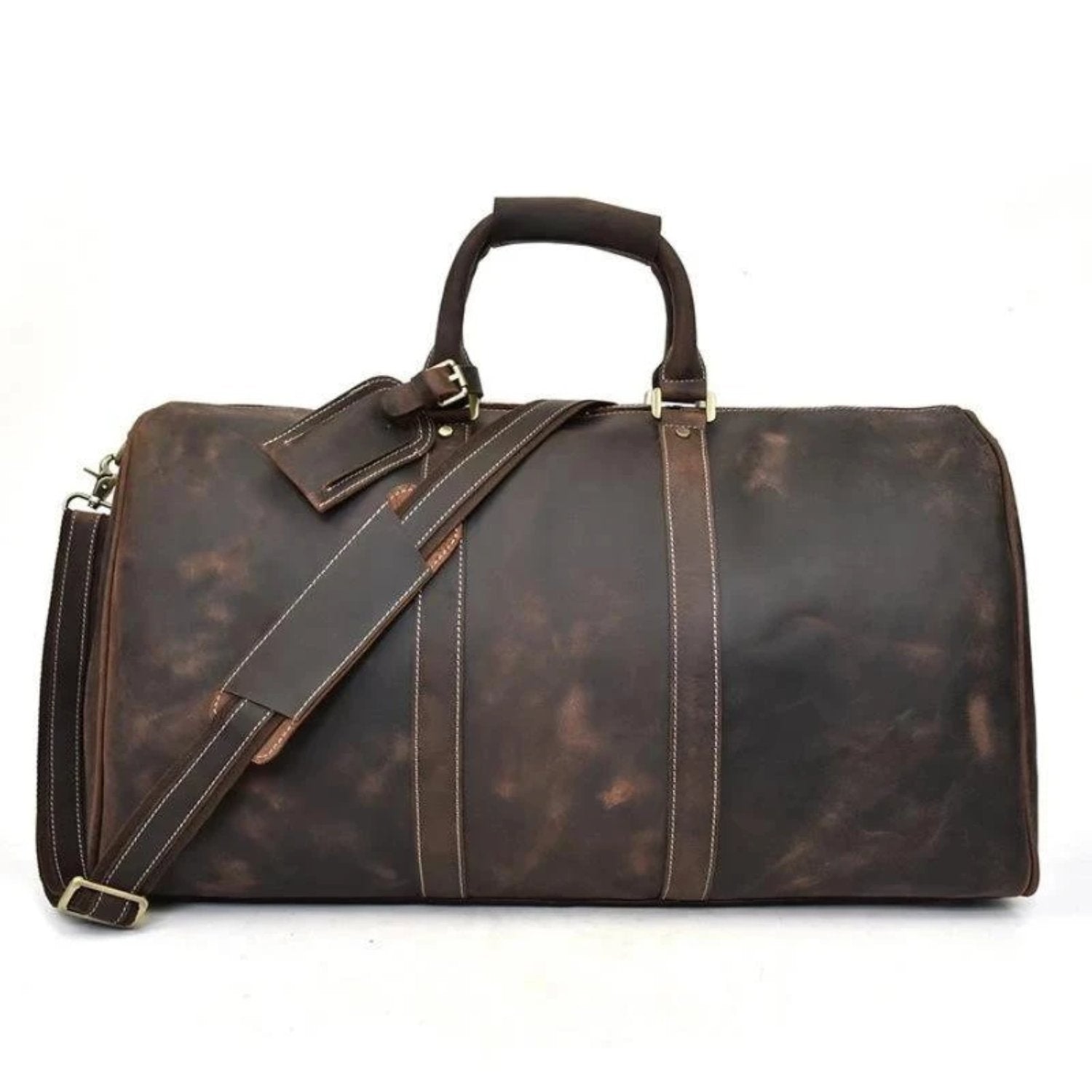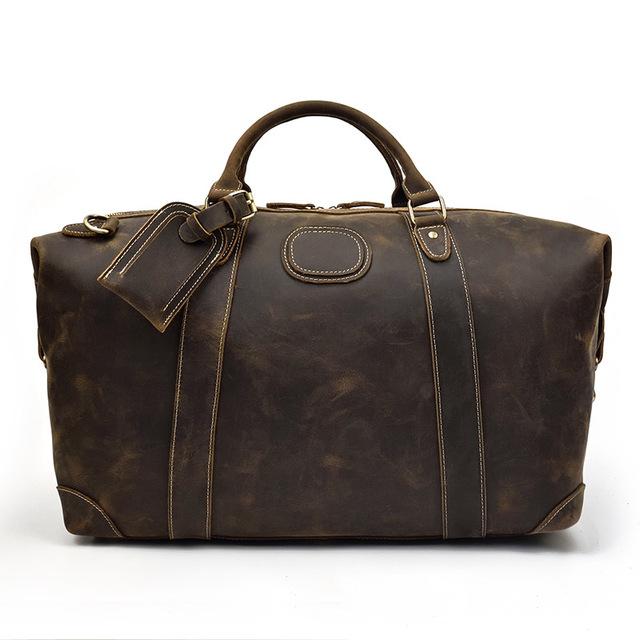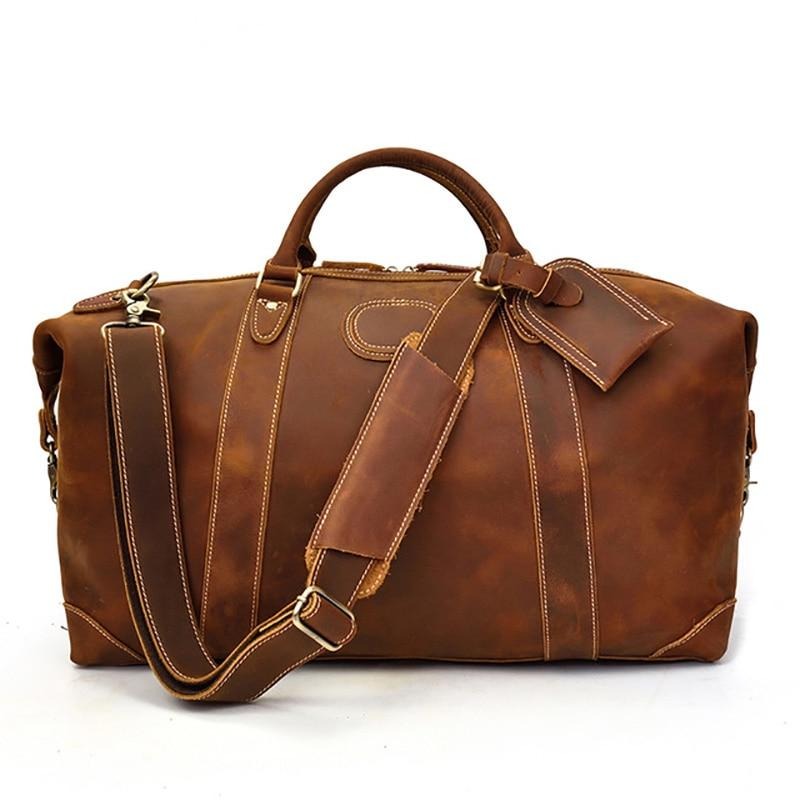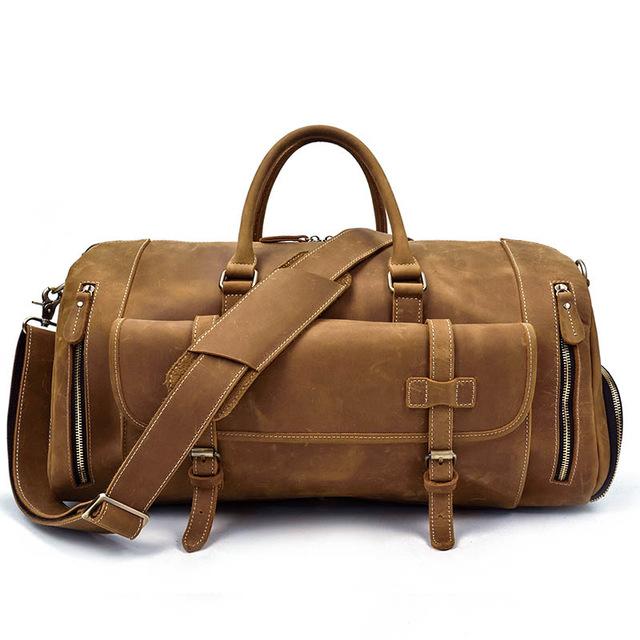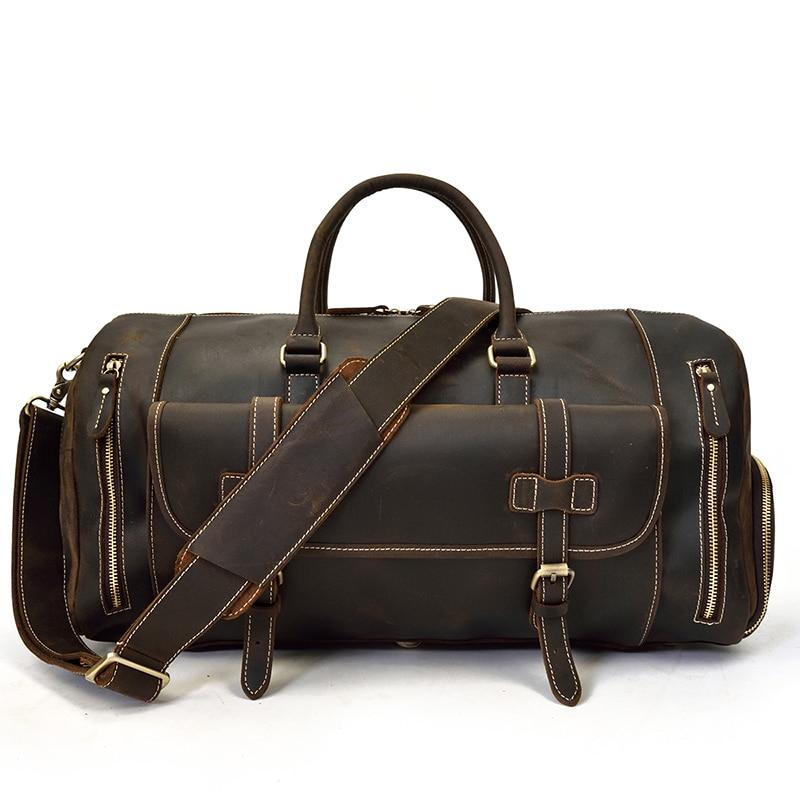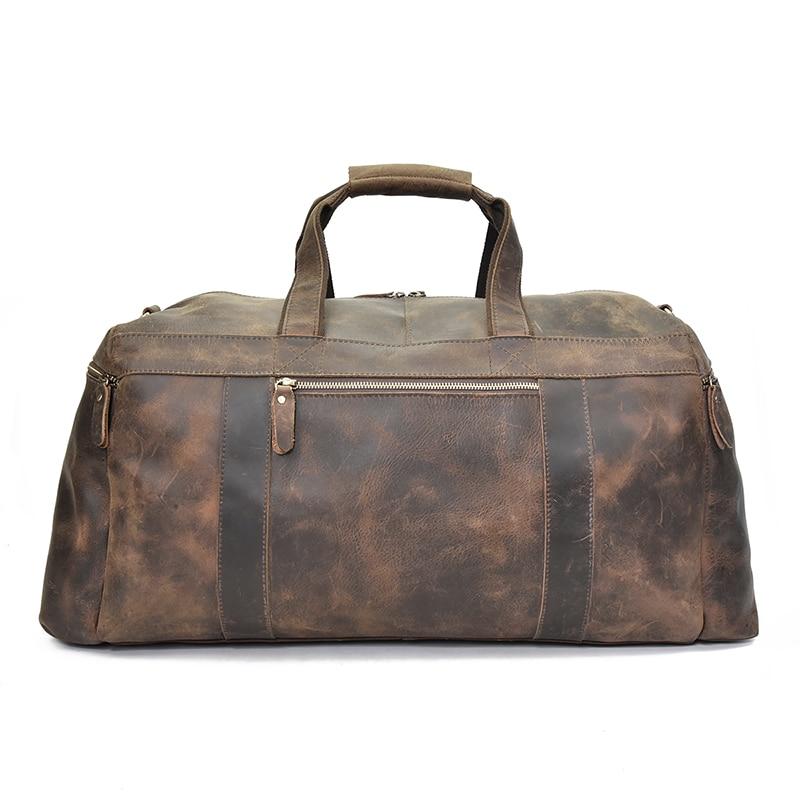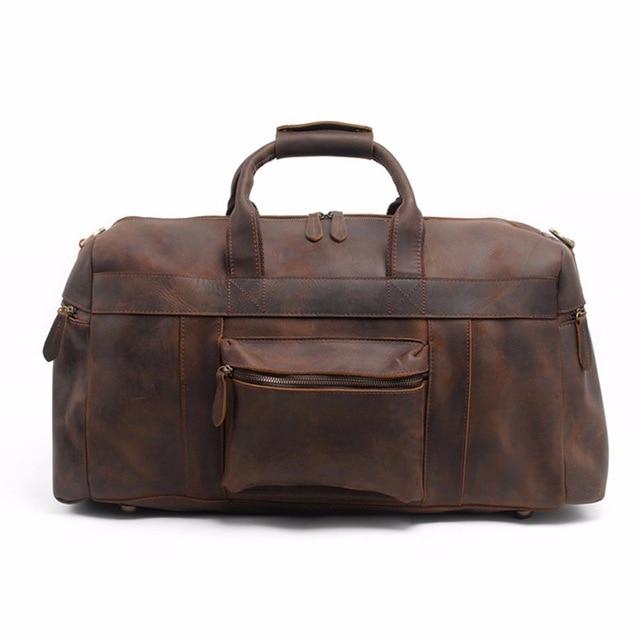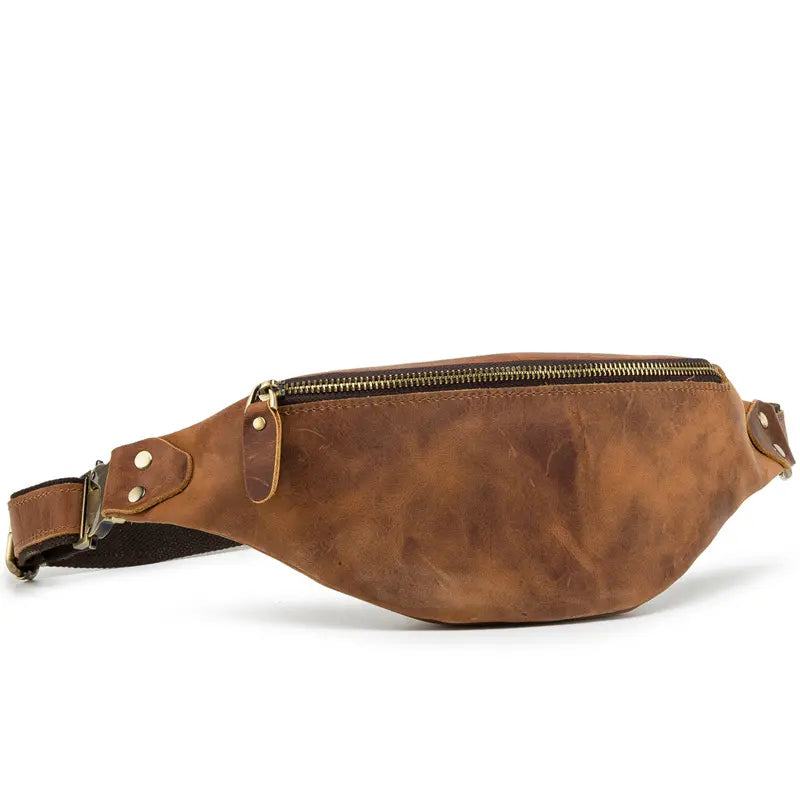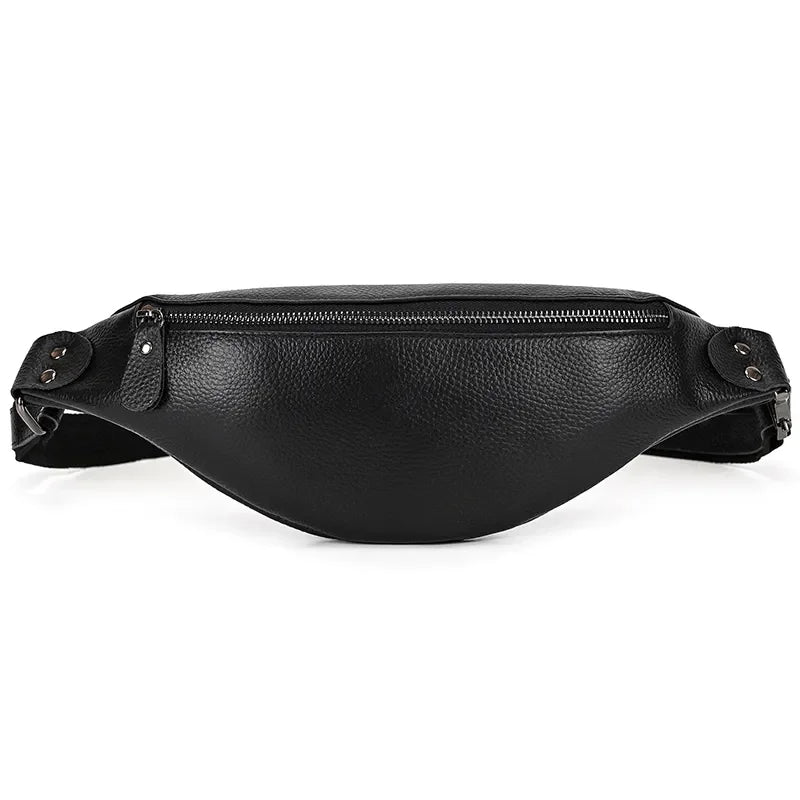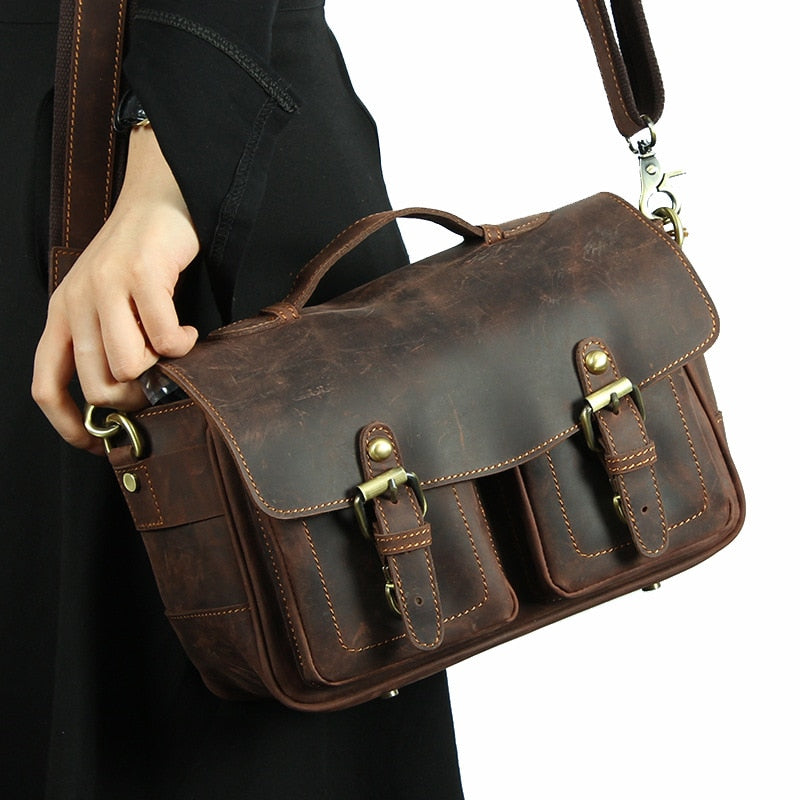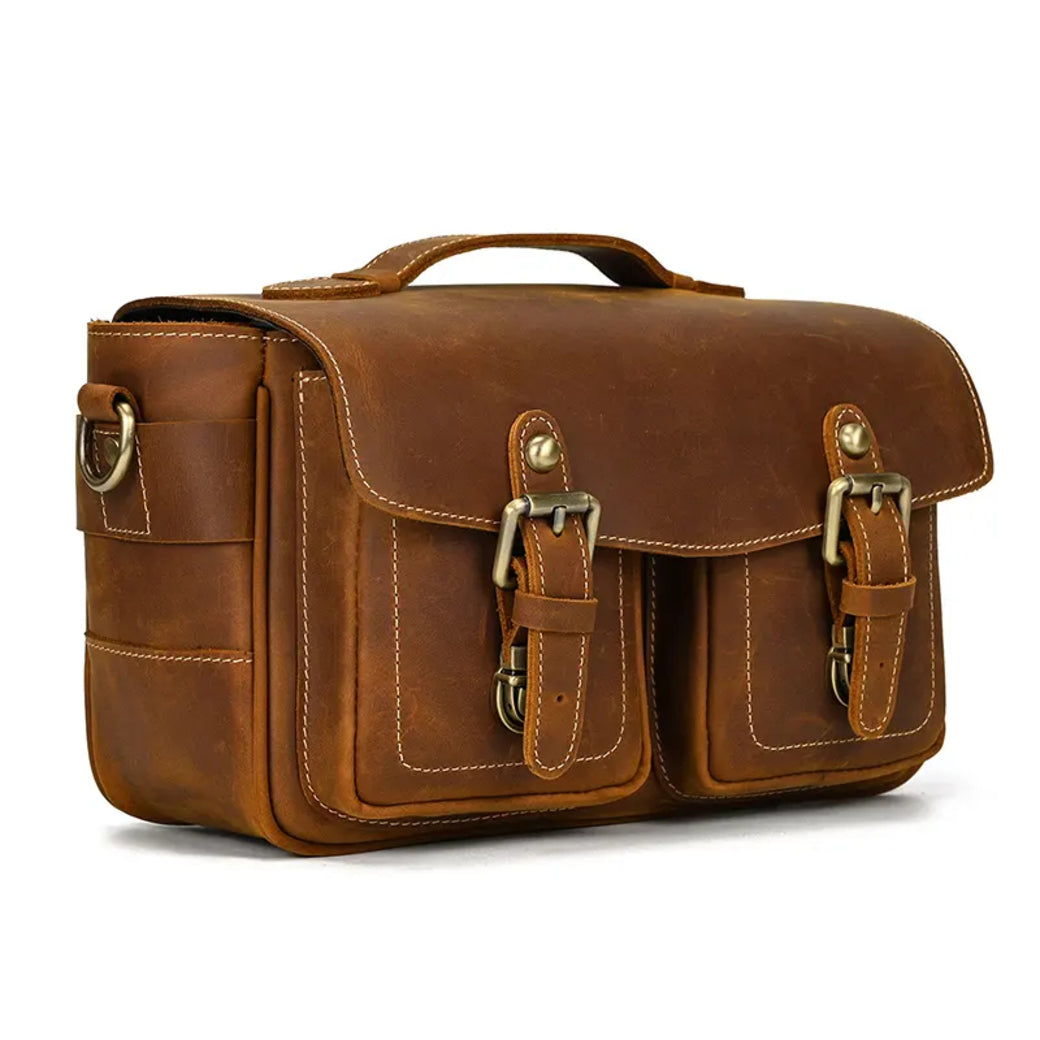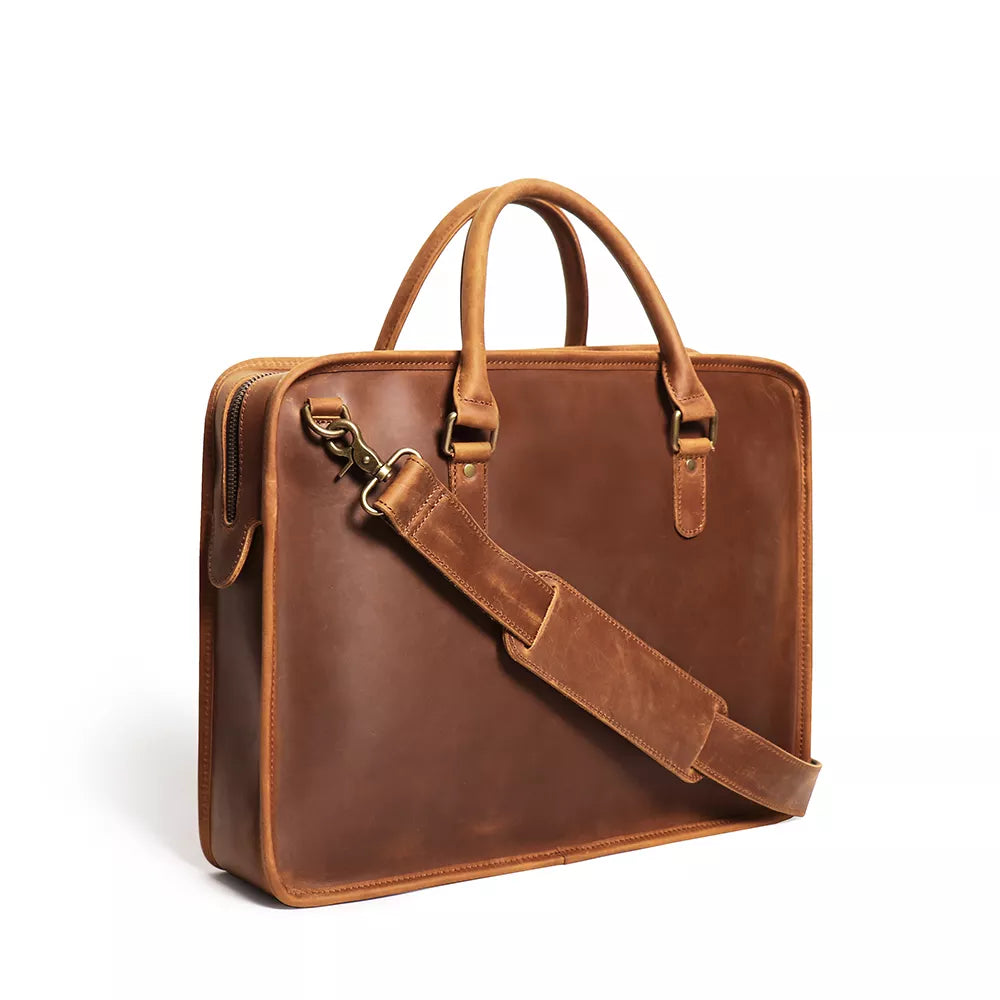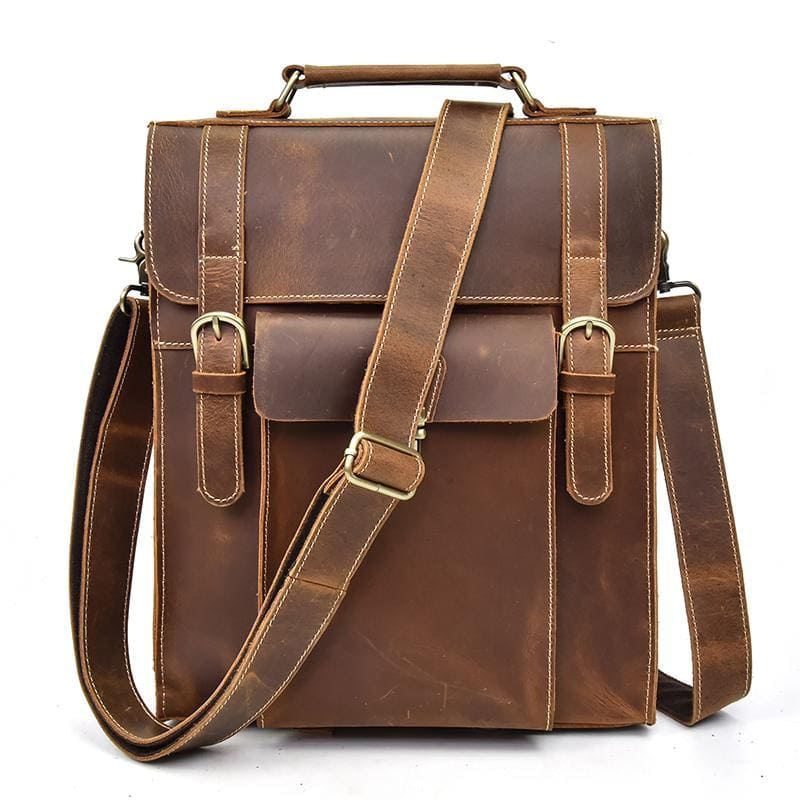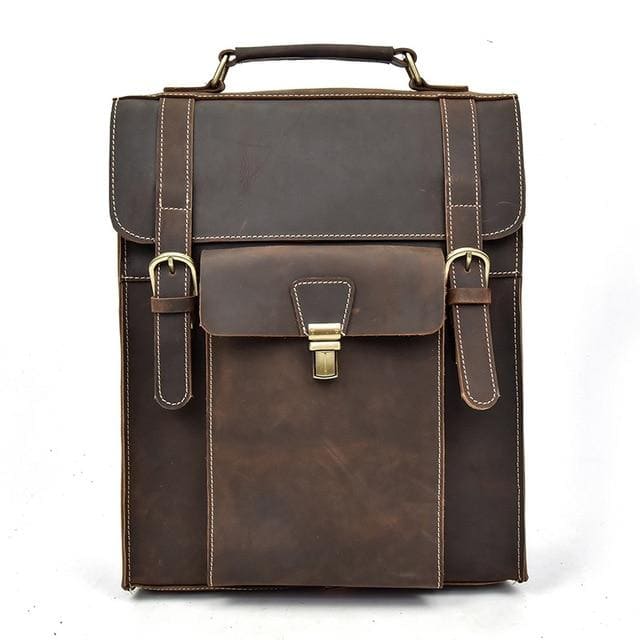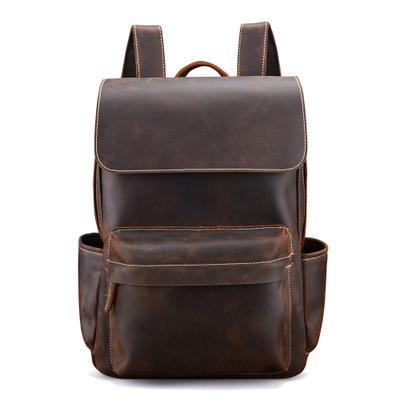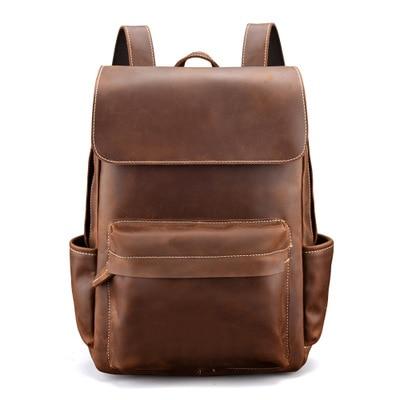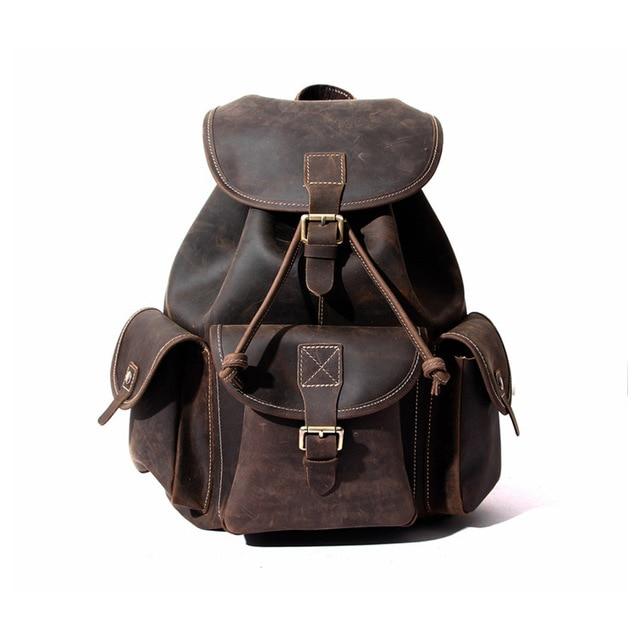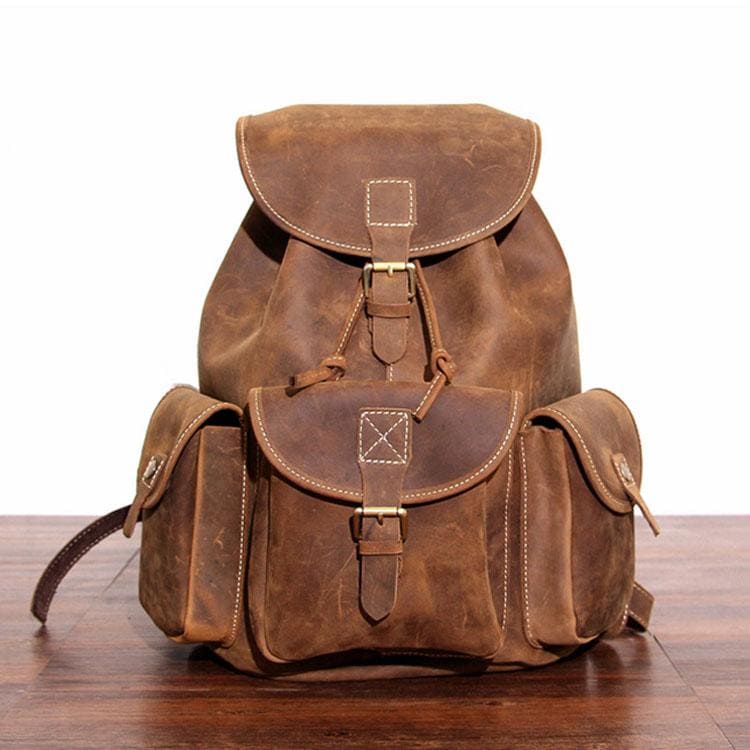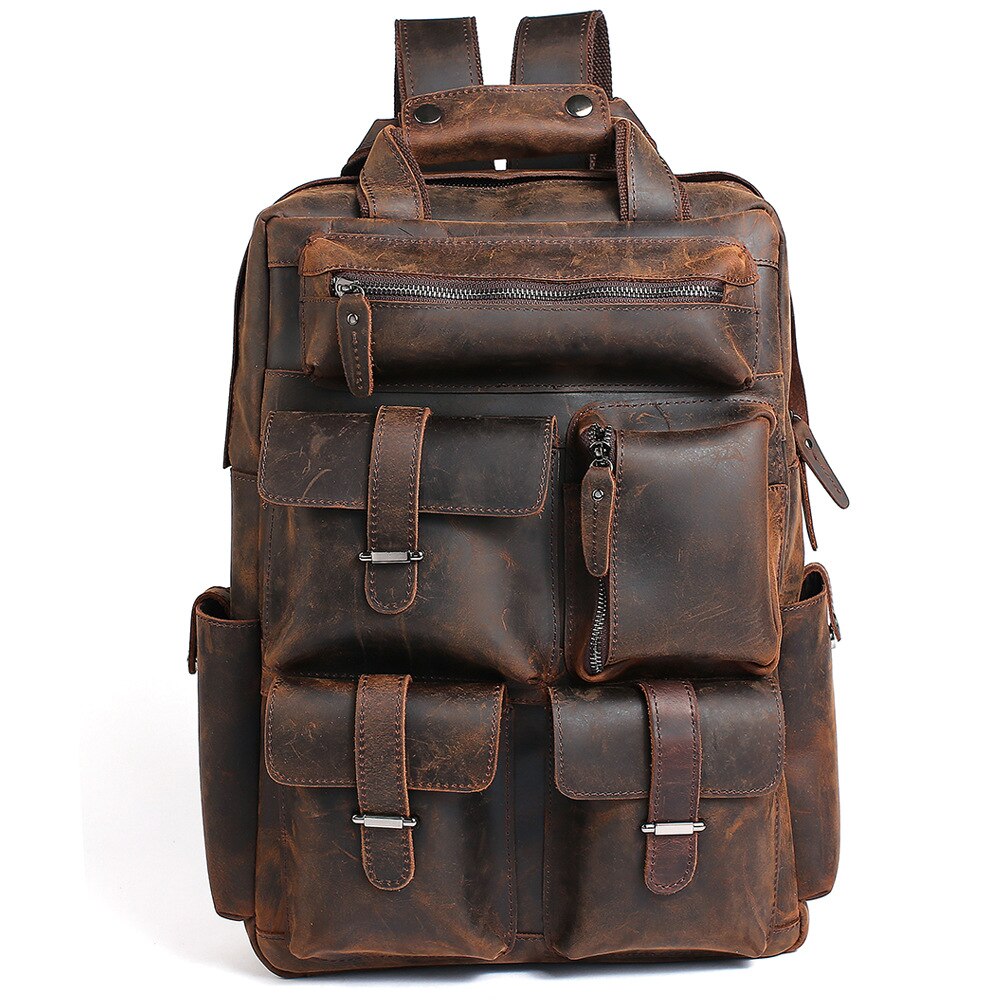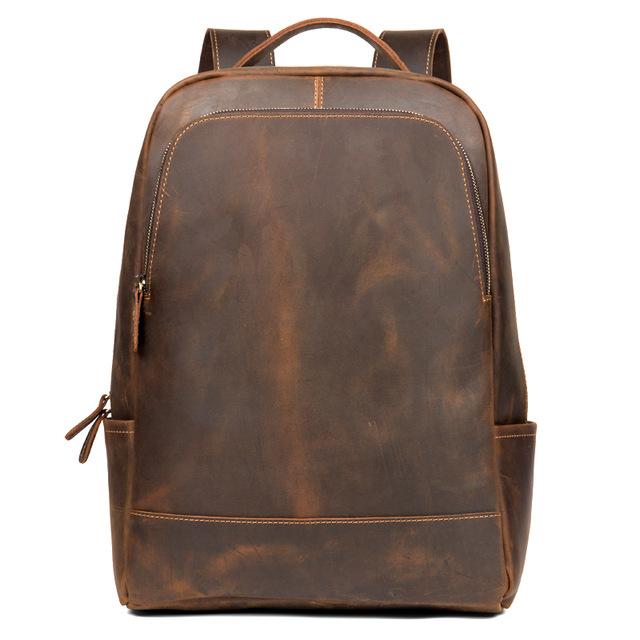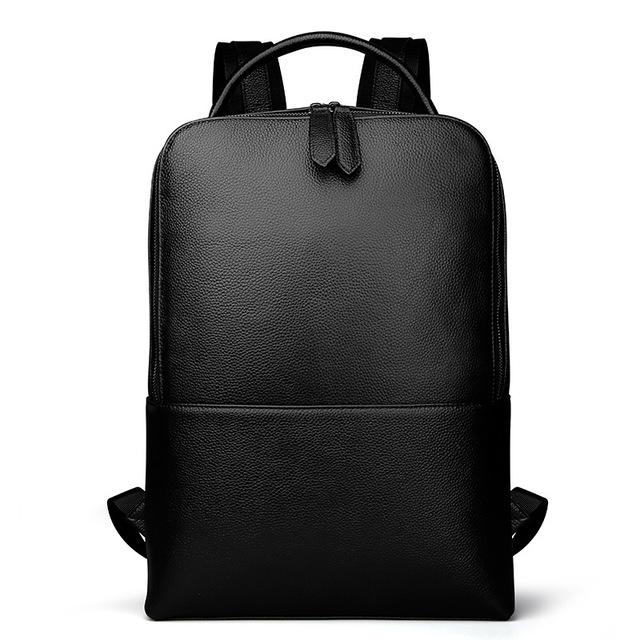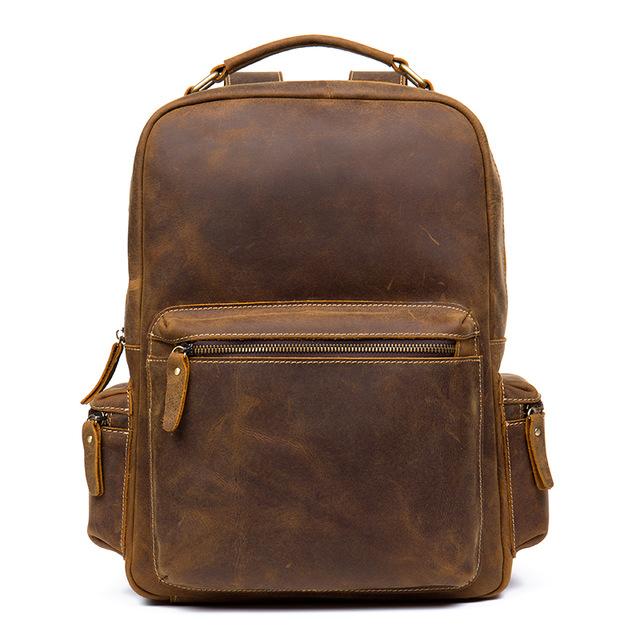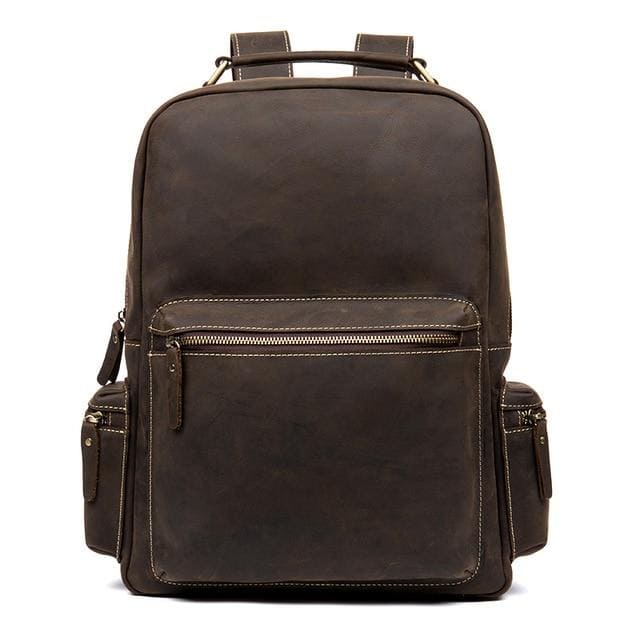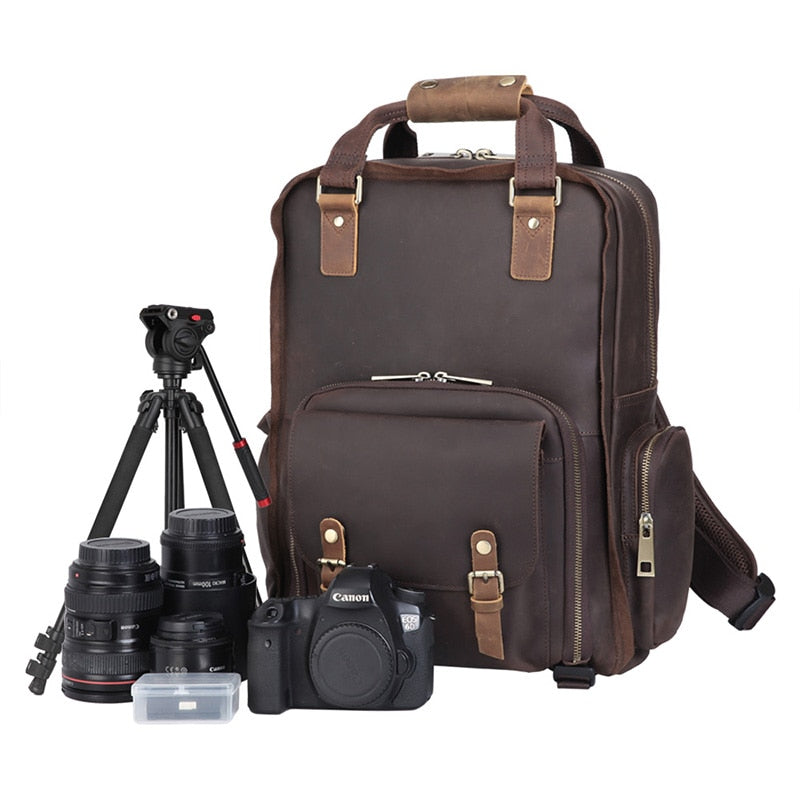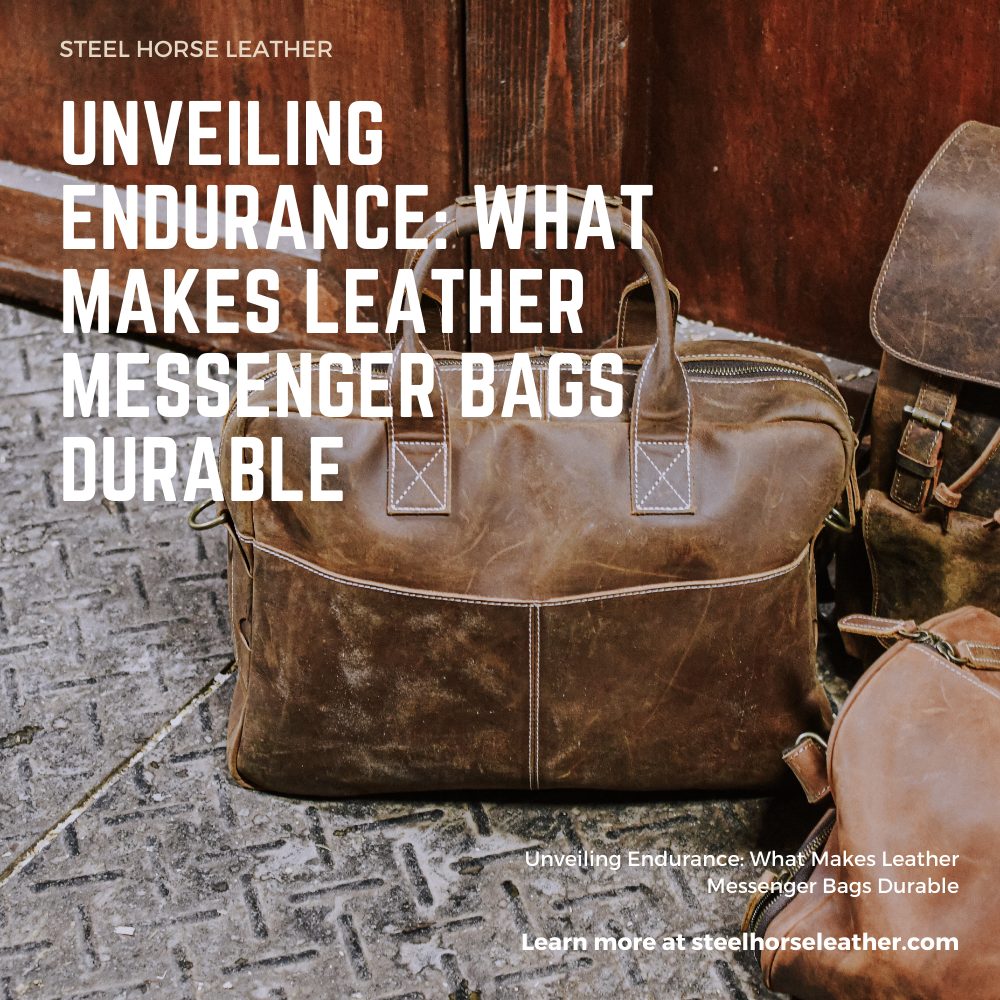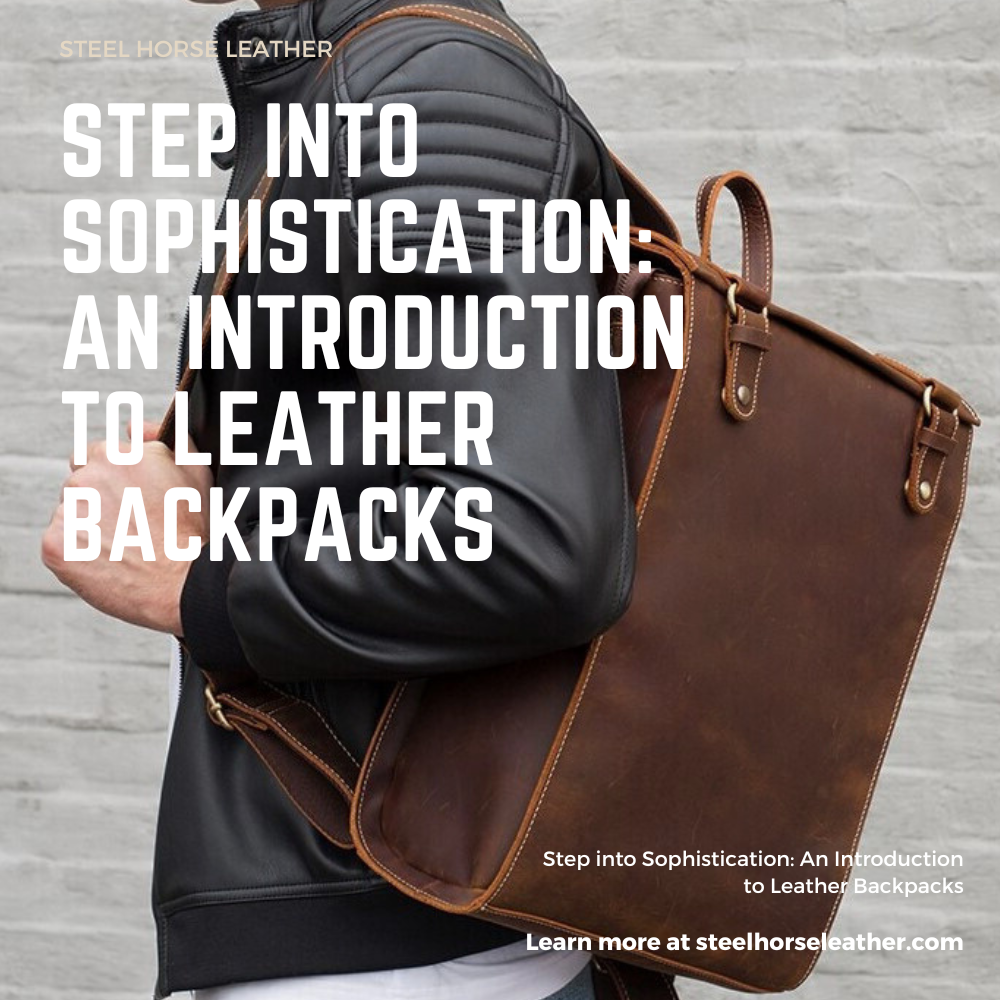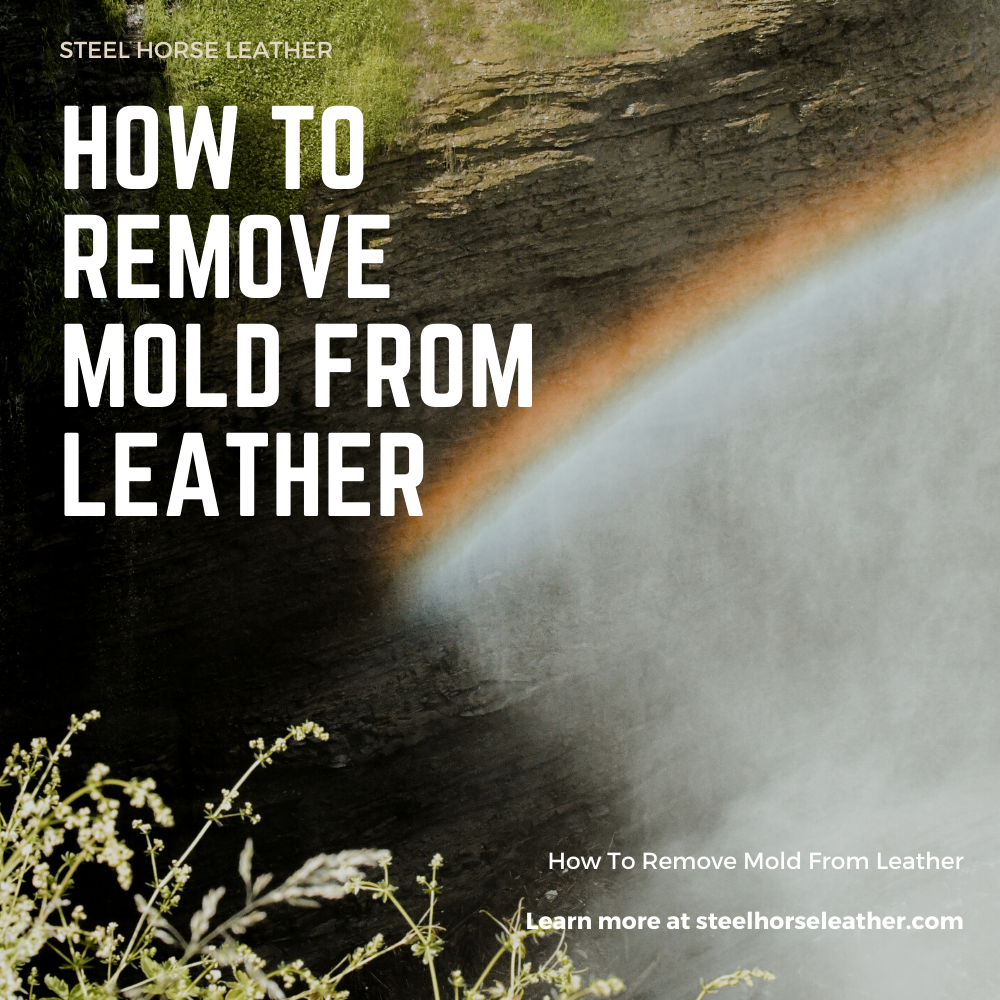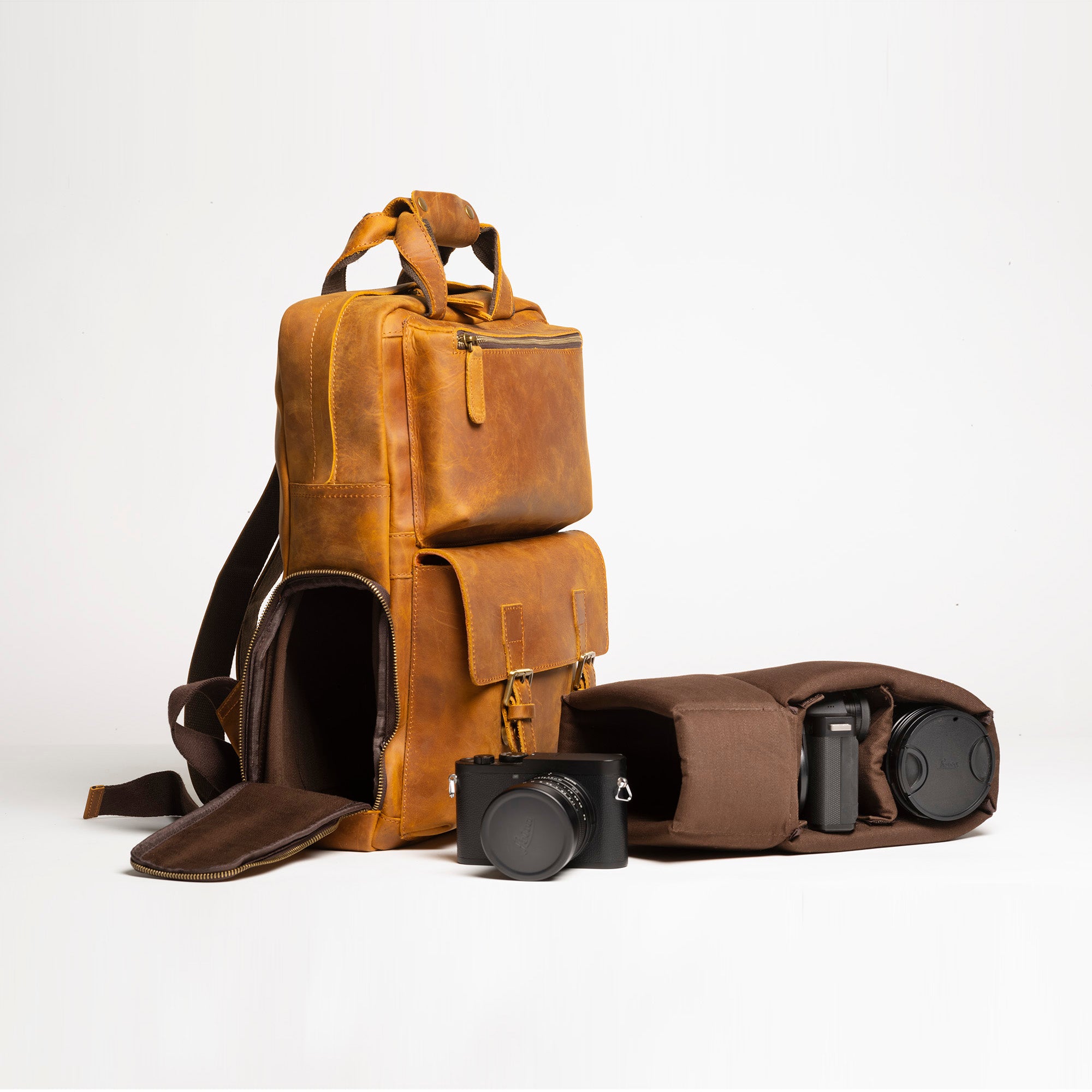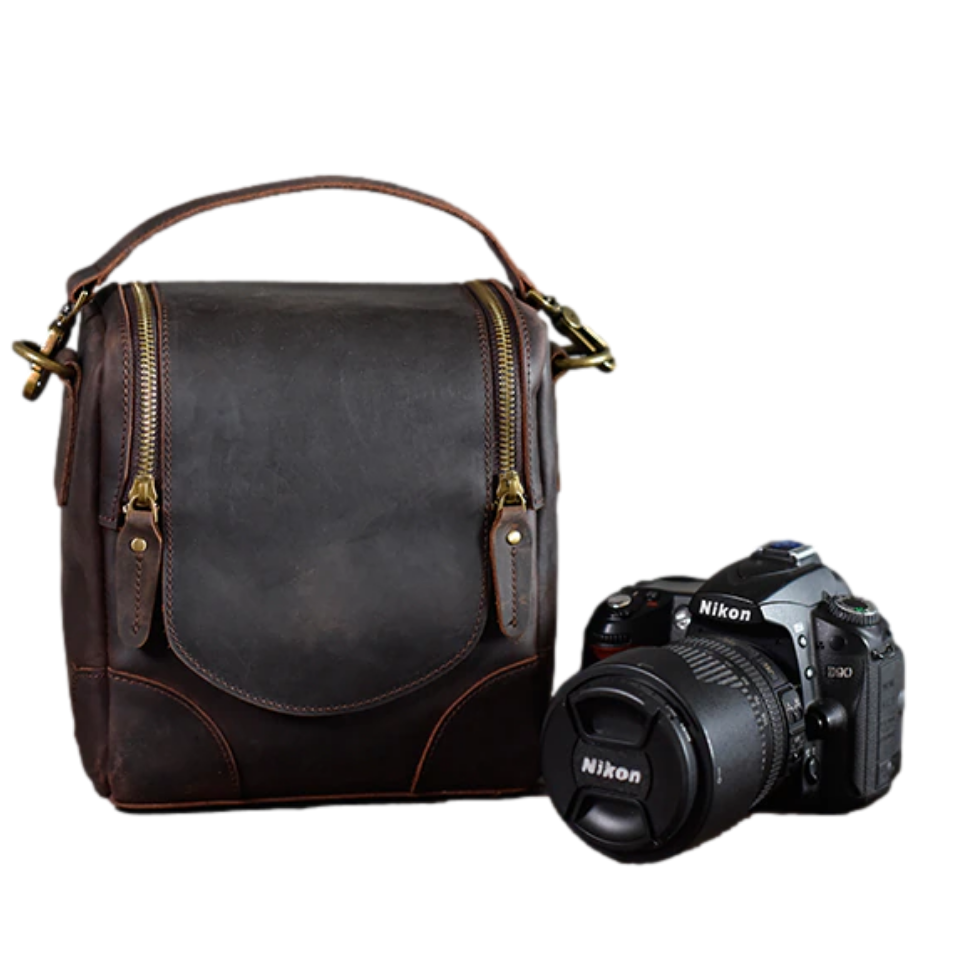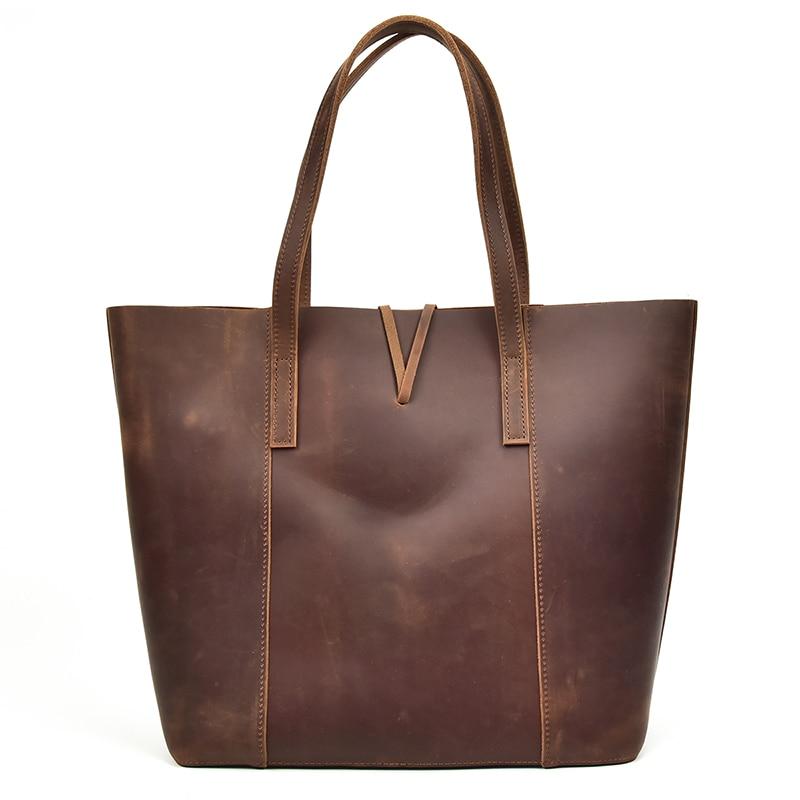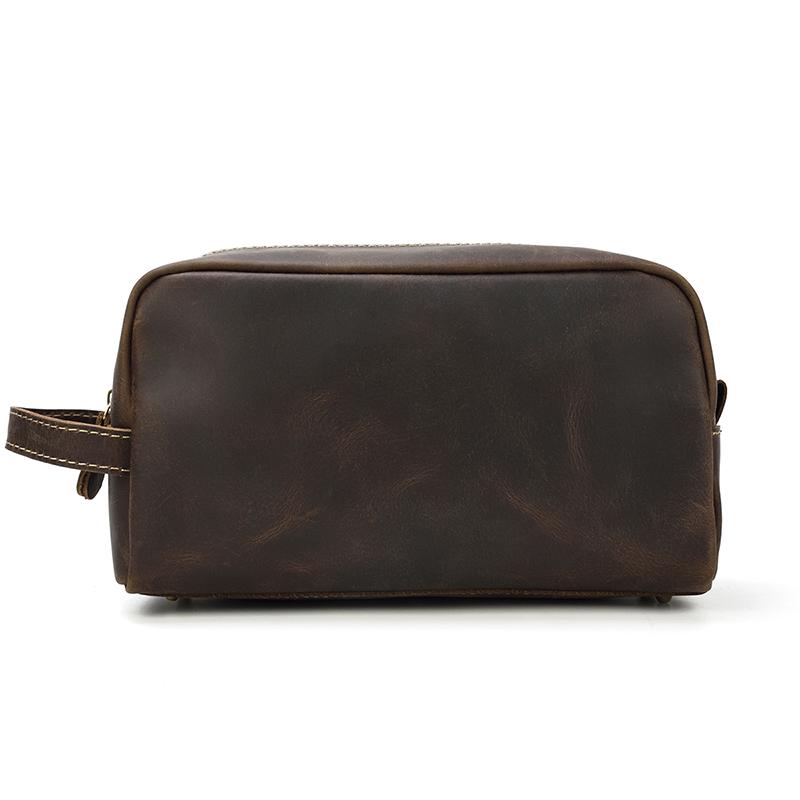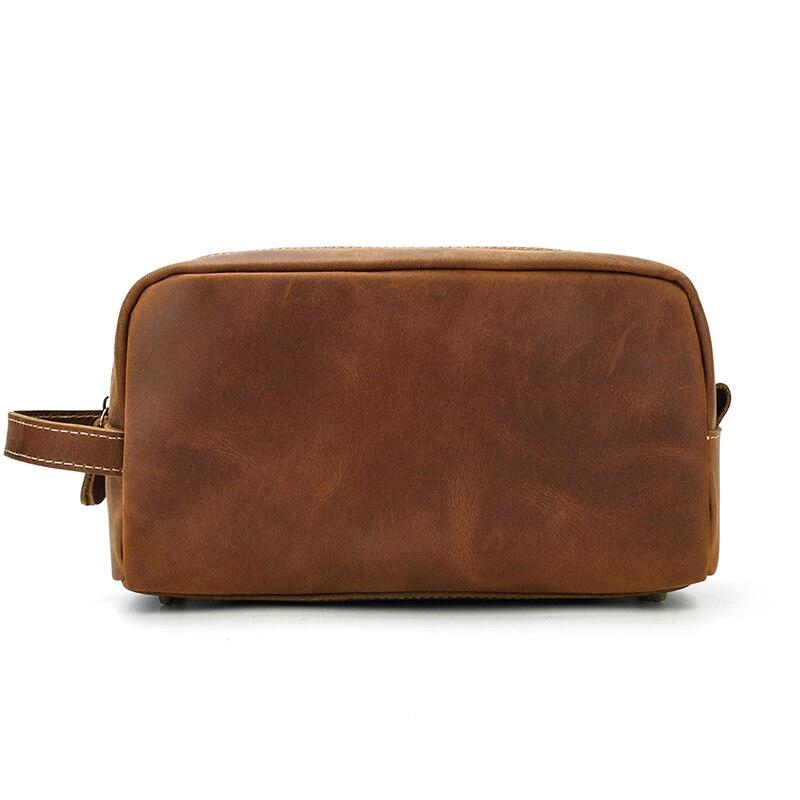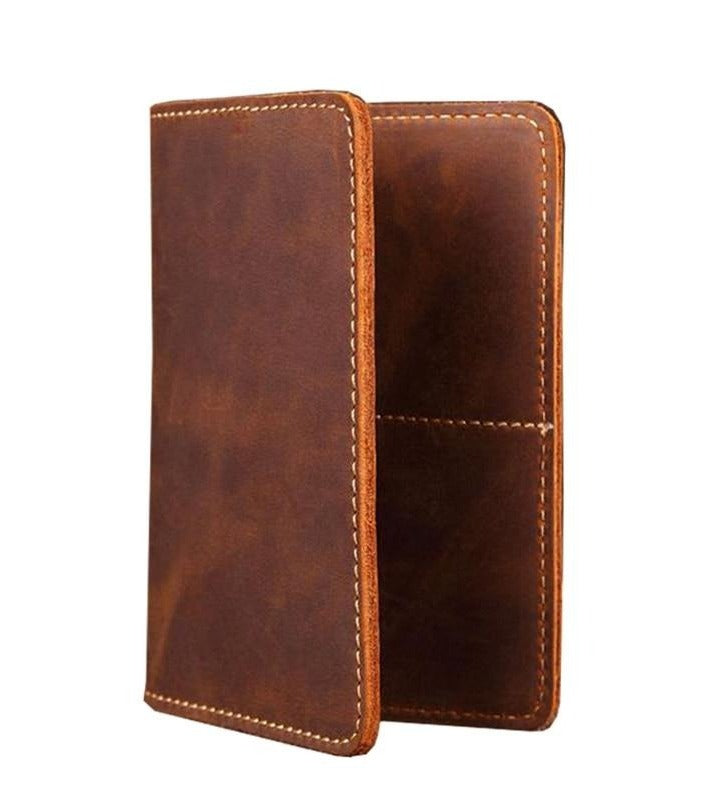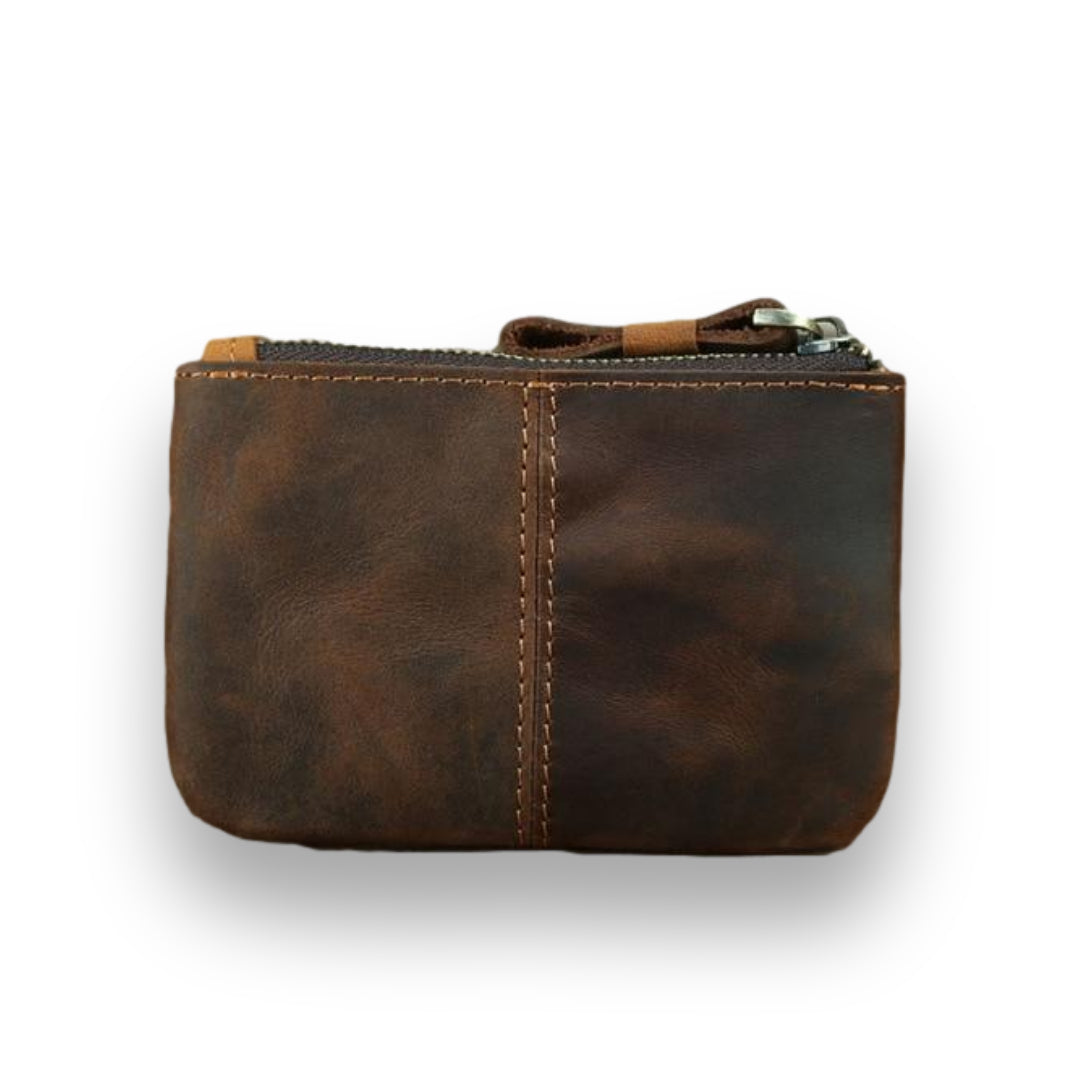Leatherworking is a unique and intricate craft that requires years of practice and expertise to perfect. But don’t worry - with the right tools and methods at your disposal, you can glue pieces of leather like a pro in no time! In this blog post, we’re going to outline the basics of gluing leather, such as your leather jacket, leather shoes, or any kind of footwear, including the best ways to glue leather, what types of leather adhesives to use, and more. So read on and learn everything you need to know about gluing leather!

How to Glue Leather: A Step by Step Guide
Leathers are versatile materials that can be used for a variety of projects. From jackets to shoes, there's leather for every purpose. But before you start gluing leather together, make sure you know the basics.
1. Prepare the Work Surface | Gluing Leather
When it comes to glue, preparation is key. Before you start applying the glue, make sure the surface you are working on is clean and free of any oils or grease. The glue will be less effective if these substances are present.
2. Tools You Will Need | Gluing Leather
When it comes to gluing leather, the right tools are essential. This is why you will need glue and adhesive. The adhesive should then be applied in a thin layer to the glued area and left to set for at least 30 minutes before stitching starts. Make sure that you use a specially made needle when sewing leather as this will cause less damage and result in a durable finish.
3. Prepare the Surface | Gluing Leather
There are a few things you need to do before starting the glue-up process on your leather project: Leave the surface to dry for a few minutes - this will help ensure that it will provide a durable bond strength.
4. Apply the Glue/Adhesive | Gluing Leather
When it comes to leatherworking, the strength of glue is what holds everything together. It's important to use a suitable adhesive for the material you are working with and make sure that it is evenly applied. If there are air bubbles, they will eventually cause problems during the drying process. To apply the adhesive, first generously cover both surfaces with the glue. Make sure that it's completely dry before proceeding to the next step. If you are using a foam roller, make sure that its surface is smooth and free from indentations before beginning work. For leathers, use either water-based or oil-based adhesives. Remember to use the right type of adhesive for your project - something that will hold up under pressure and heat.
5. Let the Contact Cement Dry | Gluing Leather
When you are gluing leather pieces together, it is crucial to use the right adhesive and adhere to them correctly. Letting the side of the leather cement dry for at least 30 minutes will give you a strong and flexible bond between materials. Also, make sure that the pieces of leather are fully covered by contact cement - any exposed areas might cause problems later on.
6. Secure the Leather in Place While it Dries | Gluing Leather
When attaching the leather to a surface, make sure to follow these simple steps: Allow the glue to dry for at least 30 minutes before handling the leather. This will help ensure that the adhesive is strong and won't pull away during use.
7. Glue Cleanup | Gluing Leather
Once the glue has dried, use a cloth or sandpaper to buff off any excess - this will help prevent hot water damage and keep your project looking neat and tidy. It's also important to wear gloves when gluing leather as it will protect your hands from potentially harmful chemicals used during manufacturing processes
What to Consider When Choosing the Best Glue for Leather

Leatherworking is a craft that is growing in popularity all the time, but many people are unaware of the basics of the leather gluing process. When it comes to gluing leather, there are a few things to consider.
Type | Gluing Leather
Adhesive type is one of the most important factors to consider when building or repairing a piece of leather goods. Acetone-based glue is by far the most popular due to its quick curing time and low toxicity. However, there are many other types of glue available on the market that can be used for different purposes, including wet, dry, and superglue adhesives. When choosing an adhesive for leather goods, it's important to consider a few key aspects such as cured time, tackiness, and solvents. It's also necessary to test out the product before using it on your project in order to ensure compatibility.
Leather Surface | Gluing Leather
Leather is a durable material that can be used in many different ways. However, it is important to use the right leather glue for the job and to follow some simple tips while gluing leather pieces together. For best results, always apply a layer of glue to the leather and then wait for it to dry completely before attaching the other layers. The type of adhesive you choose will also depend on the surface you are adhering - such as hardwood, metal, or plastic surfaces. Always test your adhesive first before using it on your leather object - this way you'll know if there are any potential problems beforehand. And remember: patience definitely pays off when working with leather!
Water-resistant | Gluing Leather
Leather is a durable material that requires special care when it comes to preserving its water-resistant properties. Make sure the glue you choose is water resistant and allows enough time for it to dry - otherwise the project may end up ruined! There are four types of the best leather glue that work well with different materials - hot melt, solvent, hybrid and adhesive vinyl. It's important to test out each type before using it on your project so you know which one will work best for the particular dress or jacket you're working on.
Drying Speed | Gluing Leather
When it comes to drying leather, you need to take into account a few important factors. Avoid the types of glue that contain petroleum-based solvents - these will damage the surface of the leather. Instead, look for water-soluble and versatile glues in tubes that can be easily removed with water. Additionally, make sure the glue has a quick-drying time so you don't have to wait a long time for your project to be finished. Lastly, always test the type of glue on a small well-ventilated area first before using it on your entire piece of leather furniture.
Application Ease | Gluing Leather
When it comes to repairing or restoring leather items, the right glue is essential. There are a few factors you need to take into consideration before making your purchase, including adhesive strength, drying time, and compatibility with your leather type. If you're looking for an easy-to-use glue that will quickly dry and adhere well to leather surfaces, Lucky Bamboo's Super Glue might be the best option for you! This all-purpose adhesive can be used on a variety of materials and provides good adhesion in most cases. However, keep in mind that not all glues are suitable for use on leather - make sure to read the instructions carefully before choosing one!
Tips for Successful Gluing Process of Leather

Leatherworking is a craft that requires a lot of patience and skill. If you're new to the game, start by learning the basics first. Once you've got the basics down, experiment with different techniques and add some of your own flair to your work. The possibilities are endless!
Preparation: Make Sure The Leather is Soft and Smooth
Before you glue the leather, it is important to make sure that it is soft and smooth. This will make the job of gluing much easier and avoid any accidental excess glue spots because they may cause clamping. To achieve a soft leather surface, use a cloth or piece of paper to help protect your work surface from glue spills. Make sure the leather is fully dry before handling - this will prevent accidents while working on the project.
Clean the Area You Will Be Gluing
Before you glue anything, make sure the area is clean. This will help prevent any build-up of residue that may damage the object or cause it to peel off later on. Additionally, use a thick layer of glue so that it can provide a permanent bond with the surface. If you are gluing something wet (like a shoe), apply some water first before starting the process. It is also important to work quickly and keep your hands properly dry - excess moisture will cause the adhesive to deteriorate faster.
Gluing Technique: Apply a Thin Film of Glue
When it comes to adhering to leathers, there is no better way than with a strong adhesive. In this tutorial, we will show you how to glue leather using a thin film of glue. Before starting, make sure the surface you are working on is clean and free of grease or oils. Next, let it dry for a few minutes so that the glue can become more solid and durable. To attach leathers properly, use a thin layer of glue all over the area you wish to have a strong bond together (make sure to cover all edges). Let the glued piece sit for at least an hour before handling or moving it around too much.
Choose the Right Glue
When it comes to gluing leather, there are a few things you need to keep in mind. The most important thing is to select the right adhesive - one that will work well with the type of leather and the thickness of the surface. There are a lot available on the market; some are suitable for tougher materials like Nappa or calfskin, while others need stronger glue such as a hot glue gun. It's best to test out different types of adhesives before making a final decision. Make sure you apply them in a thin layer and allow them time to set before moving on!
Let the Glue Dry properly
A basic leather glue is a vital part of the leather-crafting process, but it's important to take care when using it. Follow the manufacturer's instructions to the letter and make sure that the glue dries completely before you start working with the leather. This will prevent moisture from getting into contact with the glue, which can cause it to lose its adhesion or even become unusable. Use a light touch when gluing leather - too much pressure can cause wrinkles or tears in the fabric. And finally, be patient! It might seem like putting together a project would be quick and easy, but trust me – good leather-crafting takes time and effort!
Conclusion
If you're looking to glue leather, then you've come to the right place! In this blog post, we will be discussing the basics of gluing leather, from the overview to the step-by-step guide. So, whether you're a beginner or an experienced leatherworker, make sure to check this out!
FAQs | Gluing Leather
How do I know if my leather pieces are dry enough to glue?
Here's how to test if your leather is dry enough to glue: First, dust it with a fine powder like corn flour. Second, if the leather absorbs the powder evenly, then it is already dry enough and you can glue it without any problems. If the powder does not absorb easily, then the leather is still wet and needs more time to dry out. In this case, allow the leather pieces to air-dry thoroughly before attempting to glue them together.
What are some of the most common mistakes people make when gluing leather?
Some of the most common mistakes people make when gluing leather include not waiting for the strength of glue to dry completely, improperly gluing the leather, and using a too-low adhesive level. This can lead to squeaks, rattles, and wrinkles on the leather surface, as well as brittleness and cracking.
What is the best glue for leather?
There are two main types of leather glue - waterproof and non-waterproof. Both of these have their own advantages and disadvantages, so it's important to choose the right glue for your project.
Waterproof glues in tubes will work best in wet environments, while non-waterproof ones will be more suitable for dry conditions. Additionally, there are a few different types of leather glues you can use on your cowhide, horsehide, or bridle leather. Pro glue types include water resistant, water-insoluble, water-soluble, and oil resistant. When choosing the right glue type for your project, it is important to consider the following factors: the type of leather you're using (cowhide vs horsehide), the type of glue you prefer, the type of project you're working on (e.g. shoes vs a wallet), and the weather conditions where you'll be working.
How do I determine the right amount of glue to use when gluing leather?
There is no “perfect” answer when it comes to determining the right amount of adhesive to use when gluing leather. Everyone's leather differs in terms of thickness and weather conditions, so you'll need to start with a small amount of glue and add more if necessary. If you’re using an industrial-type adhesive, then apply a thicker layer than for standard household adhesives. Additionally, make sure to follow the adhesive manufacturer’s instructions carefully!
What are some other tips for caring for and preserving my newly glued leather garments?
Preserving and caring for your newly glued leather garments is really simple. Just follow these few tips: - Apply a protective coating every few months to keep the jacket or shoes in good condition. - Clean the leather with alcohol or solvent-based cleaners. - Air dry only, avoid direct sunlight and moisture, and store away from heat and electronics.



















